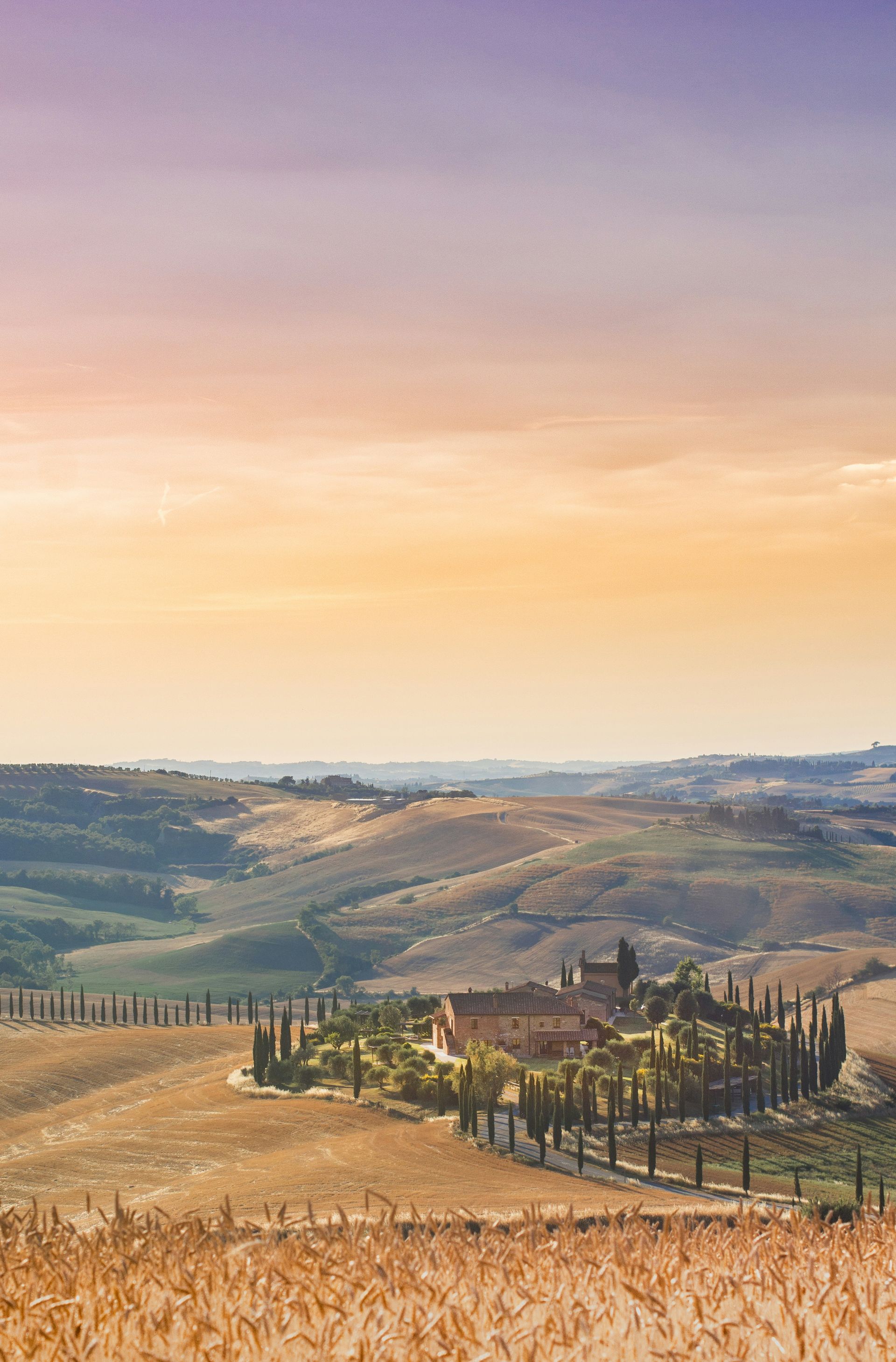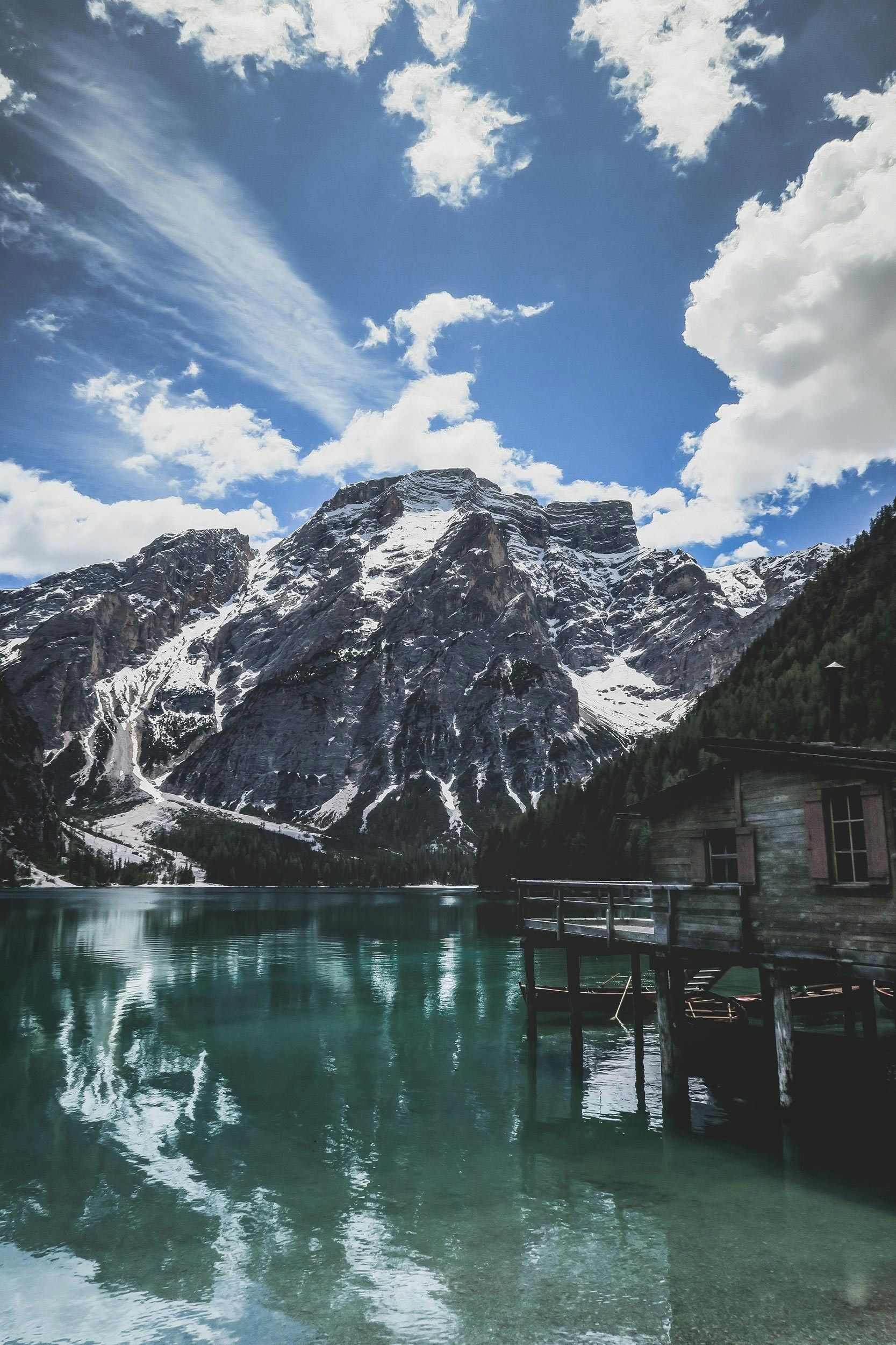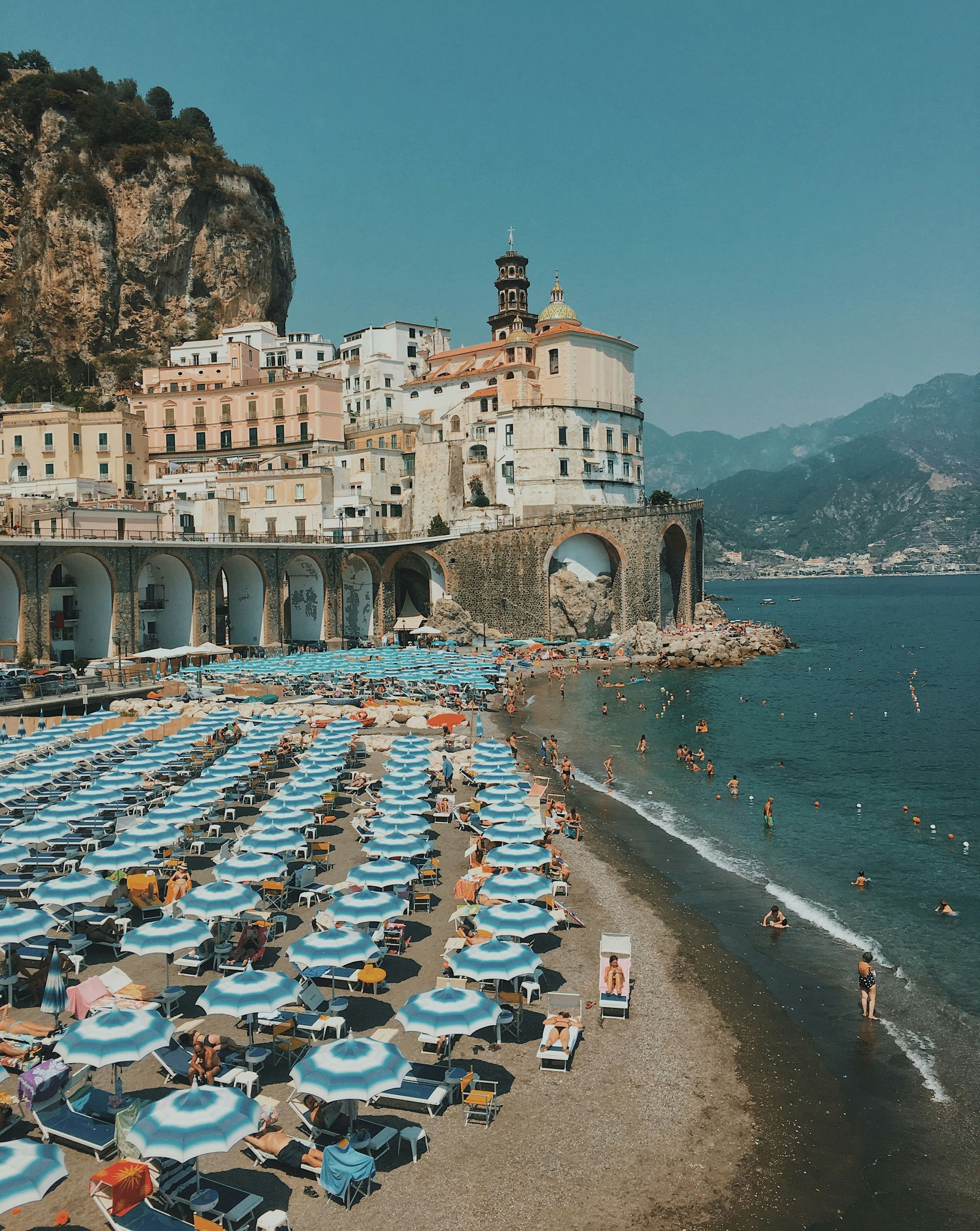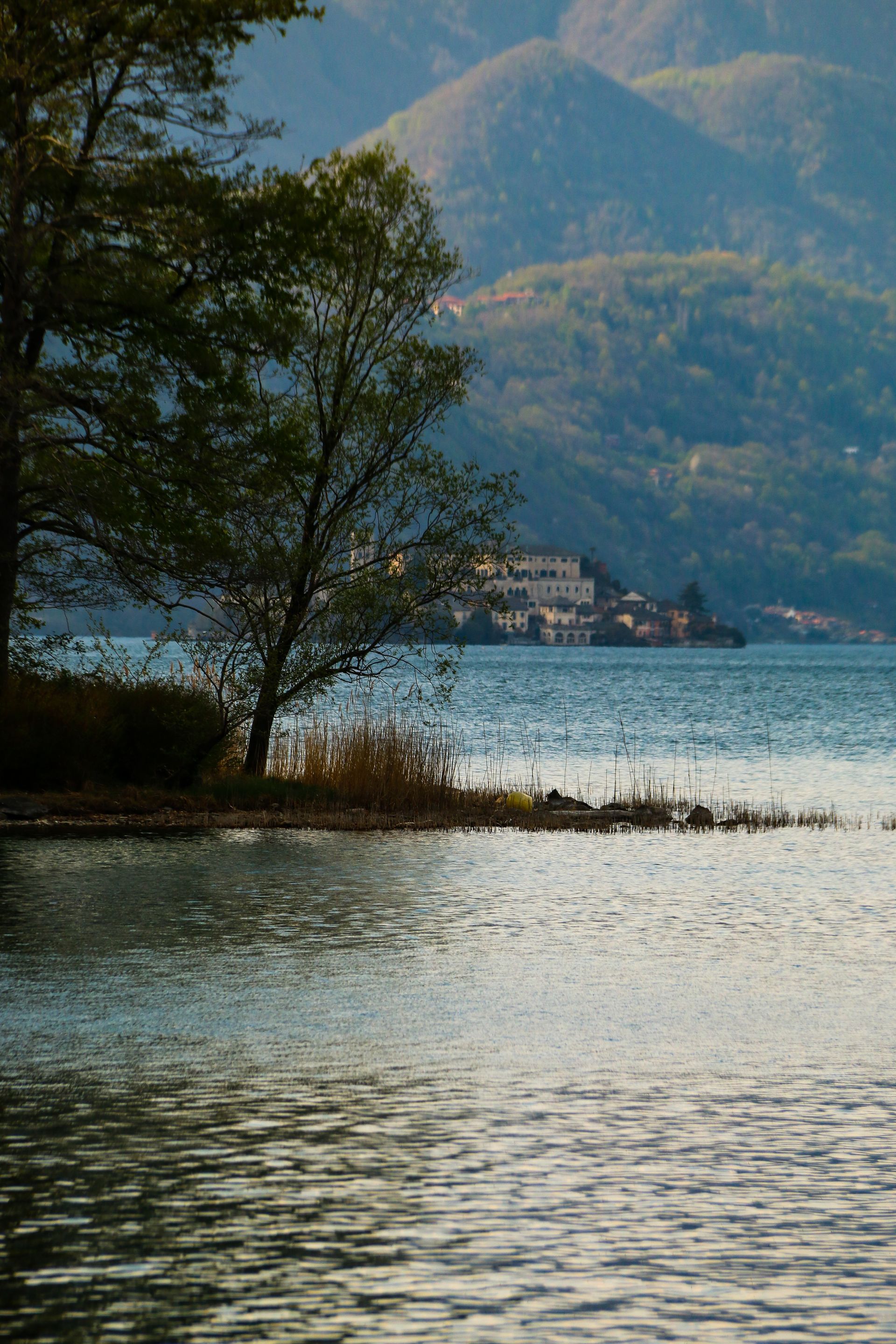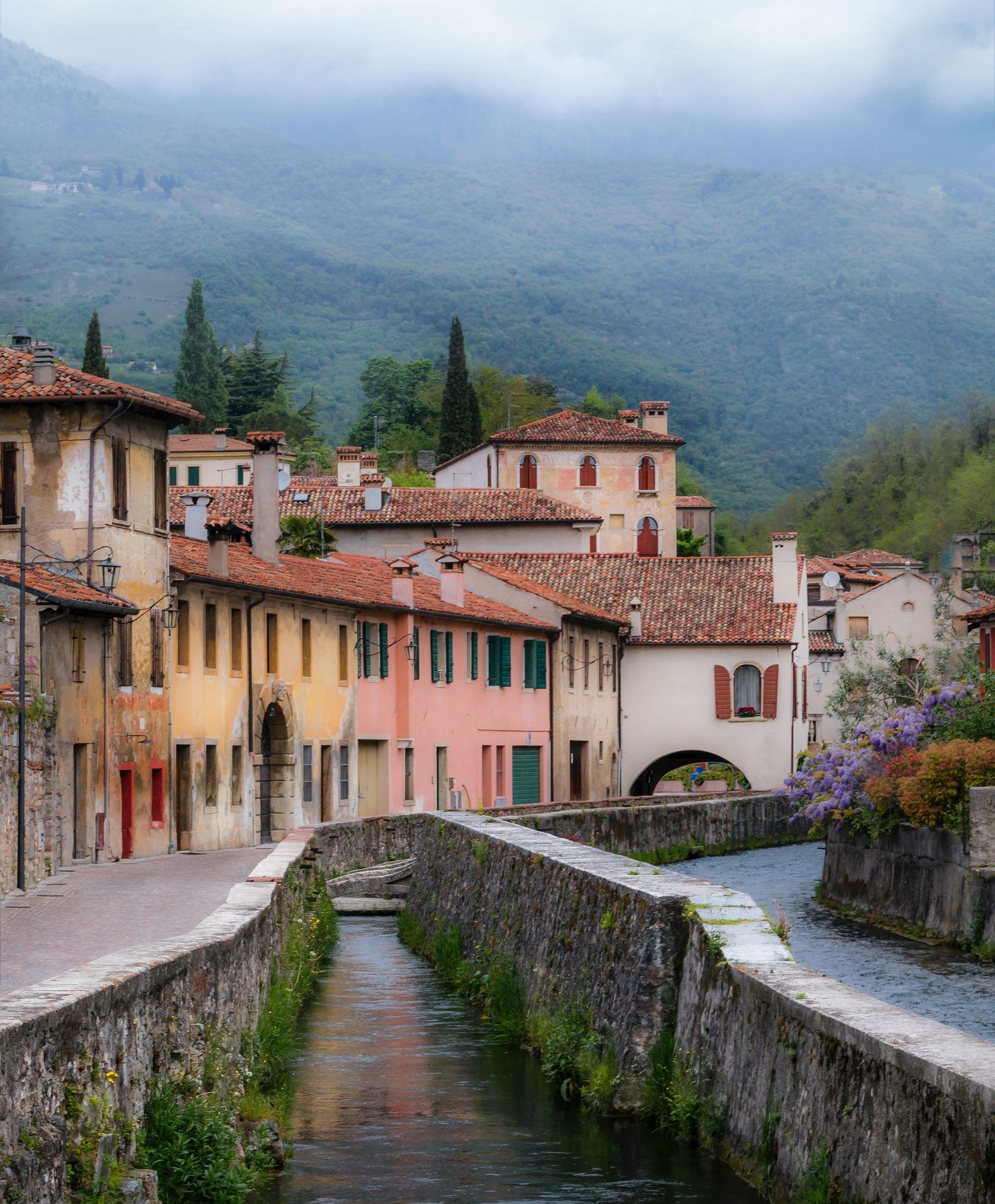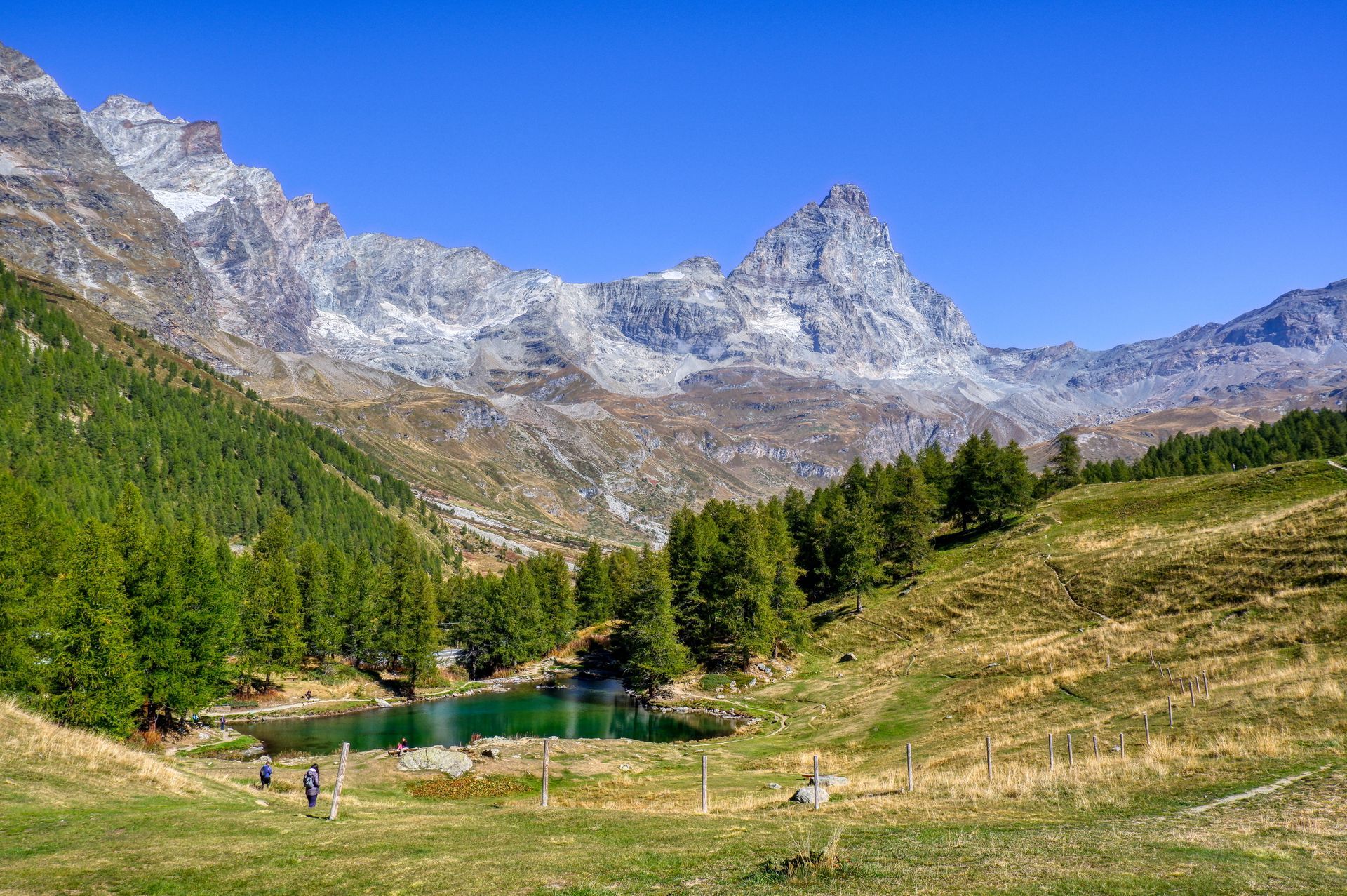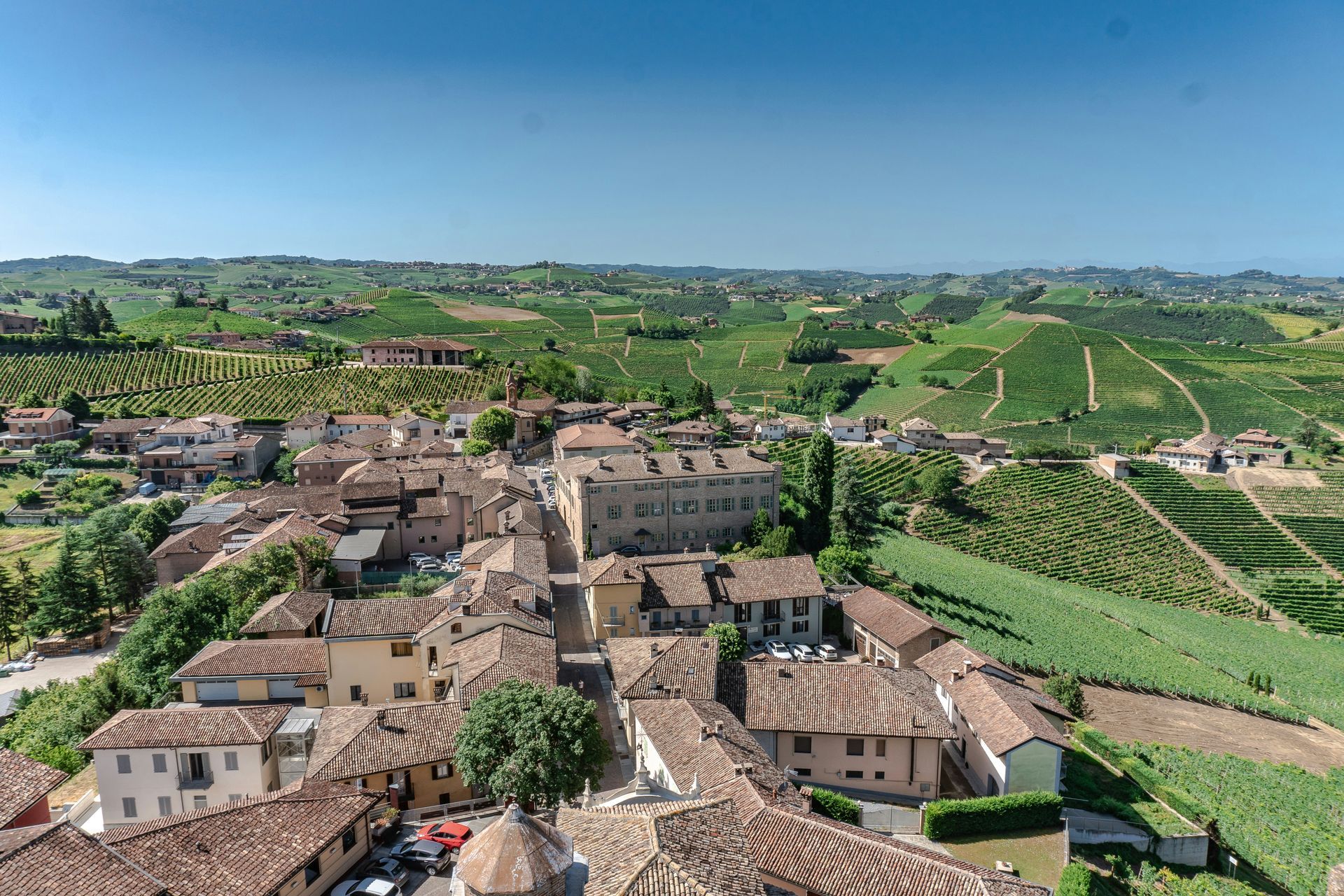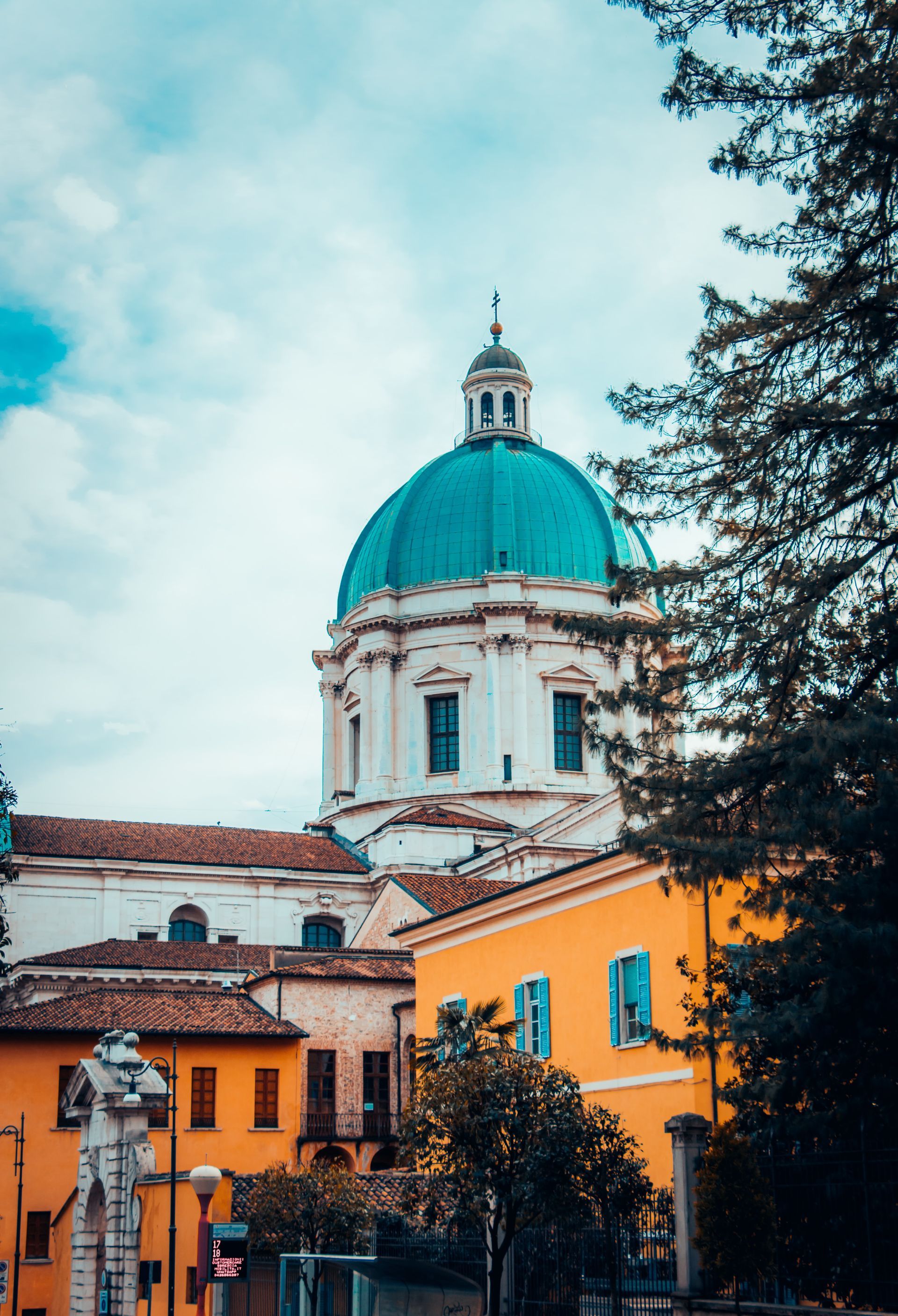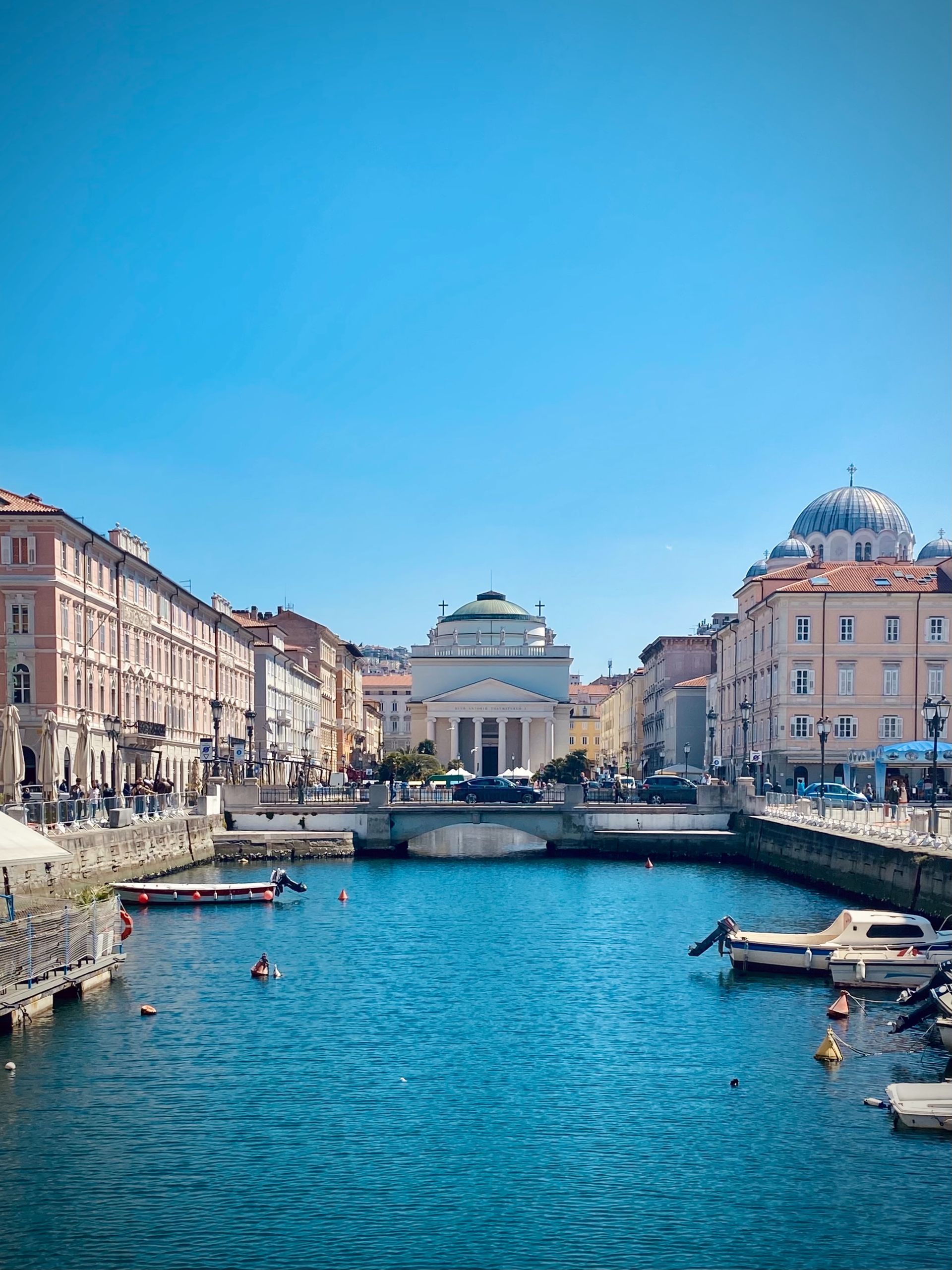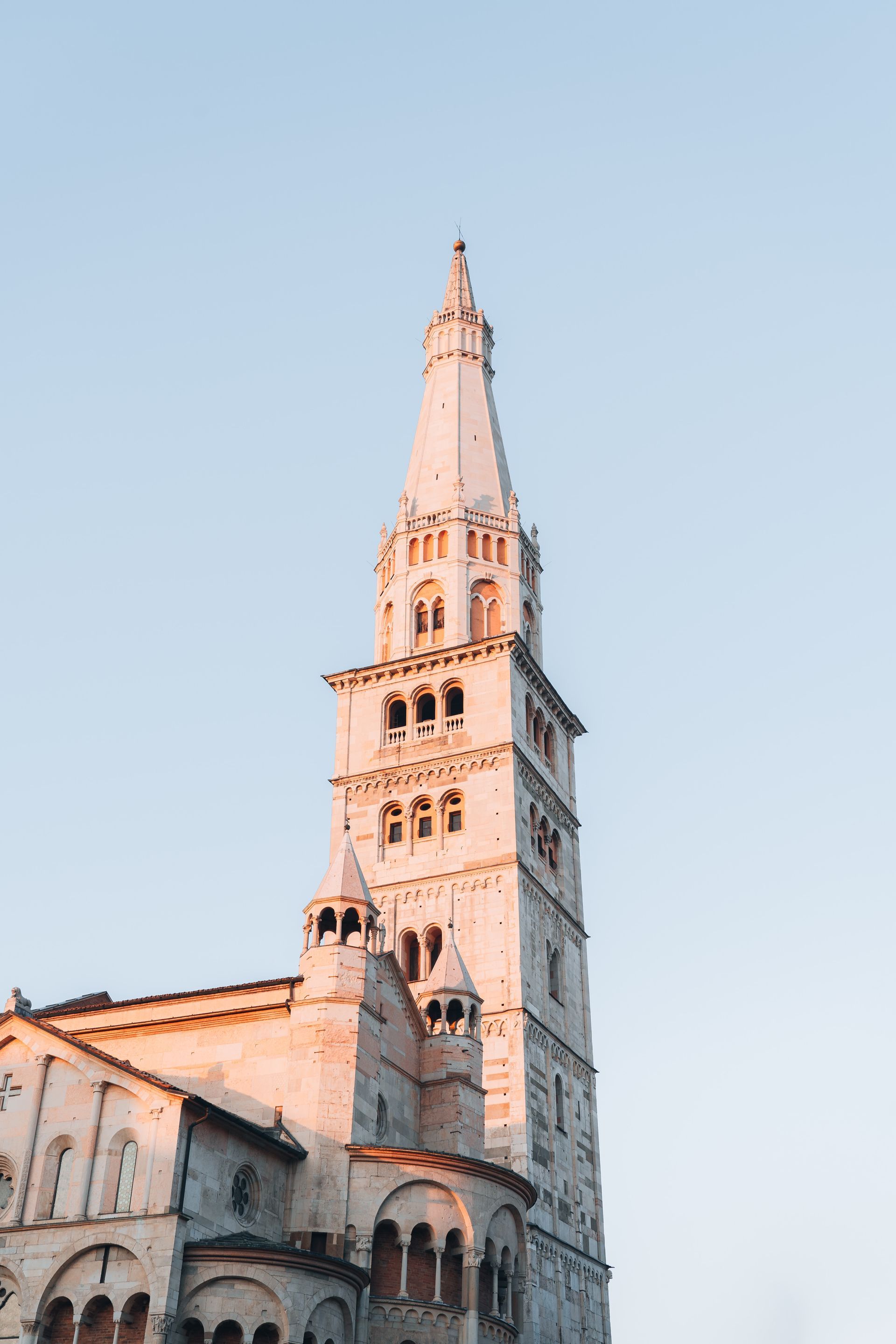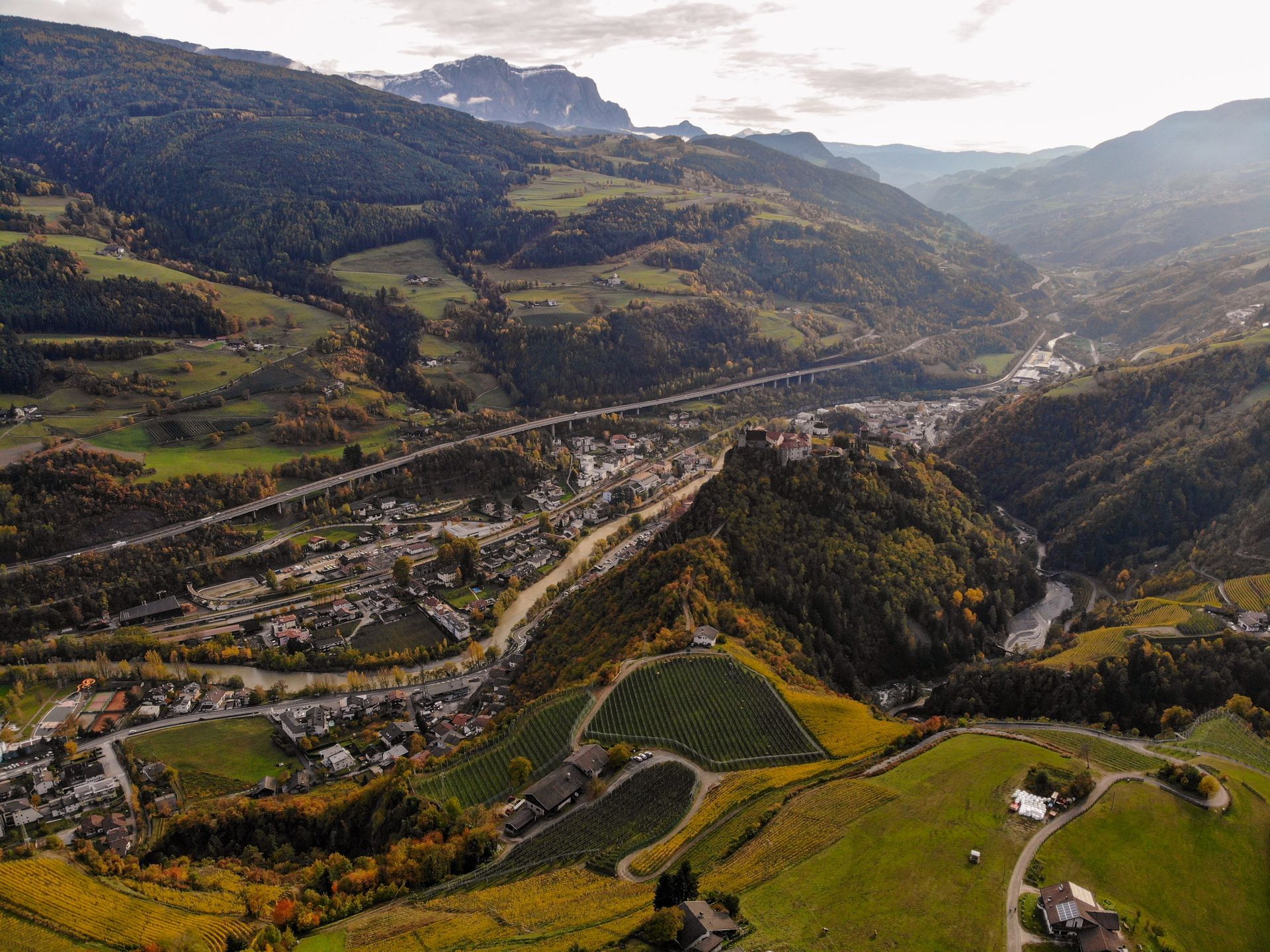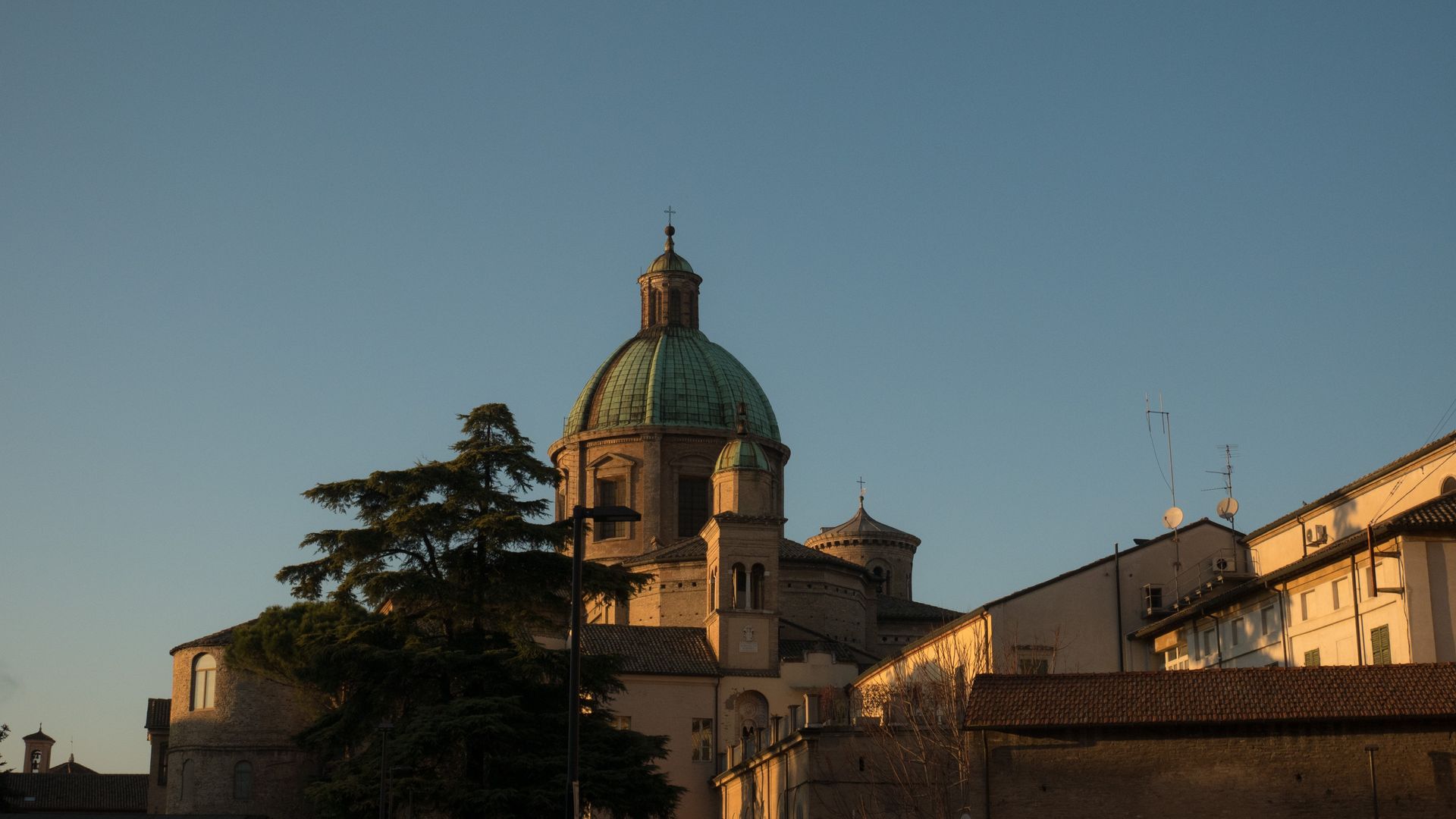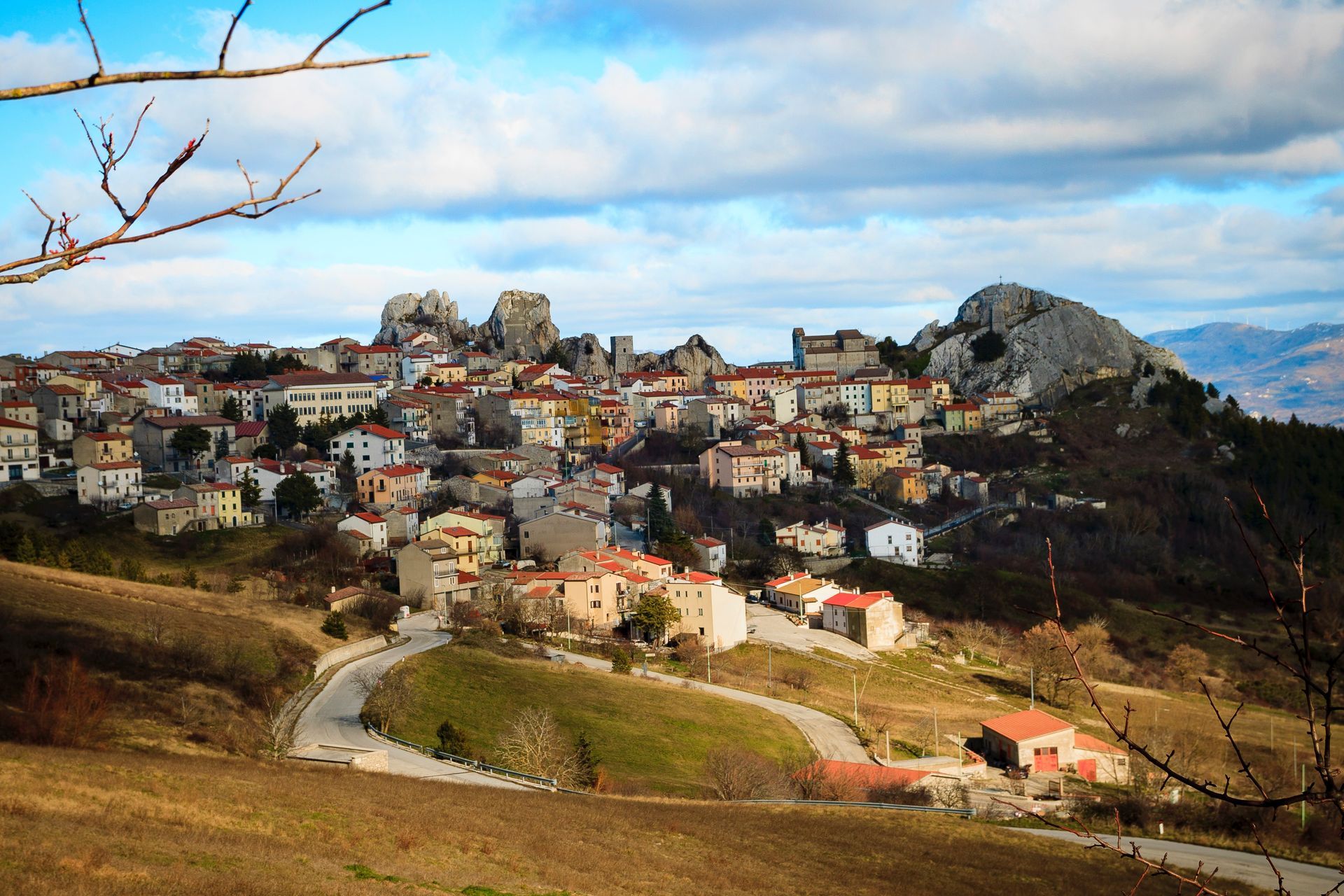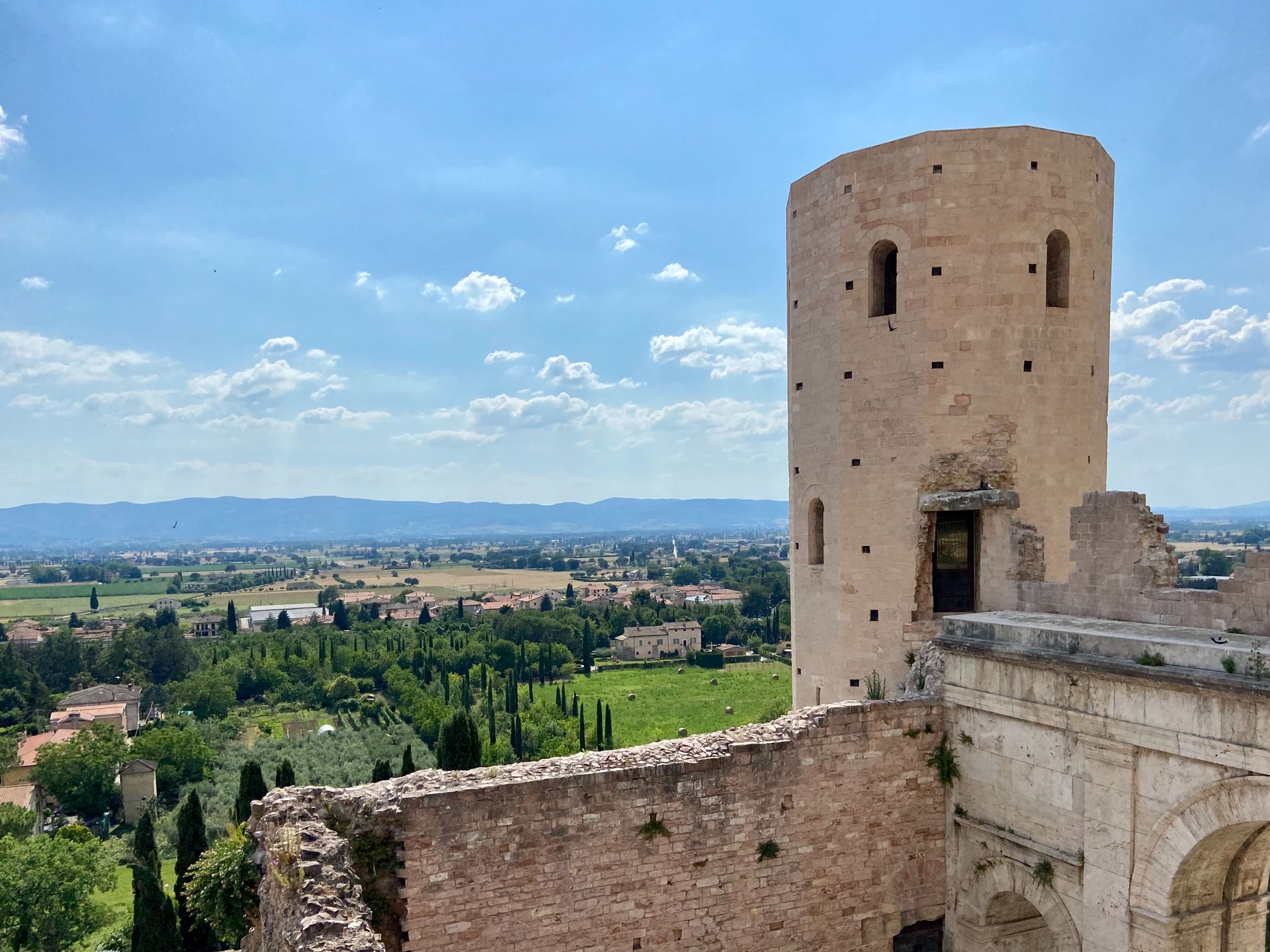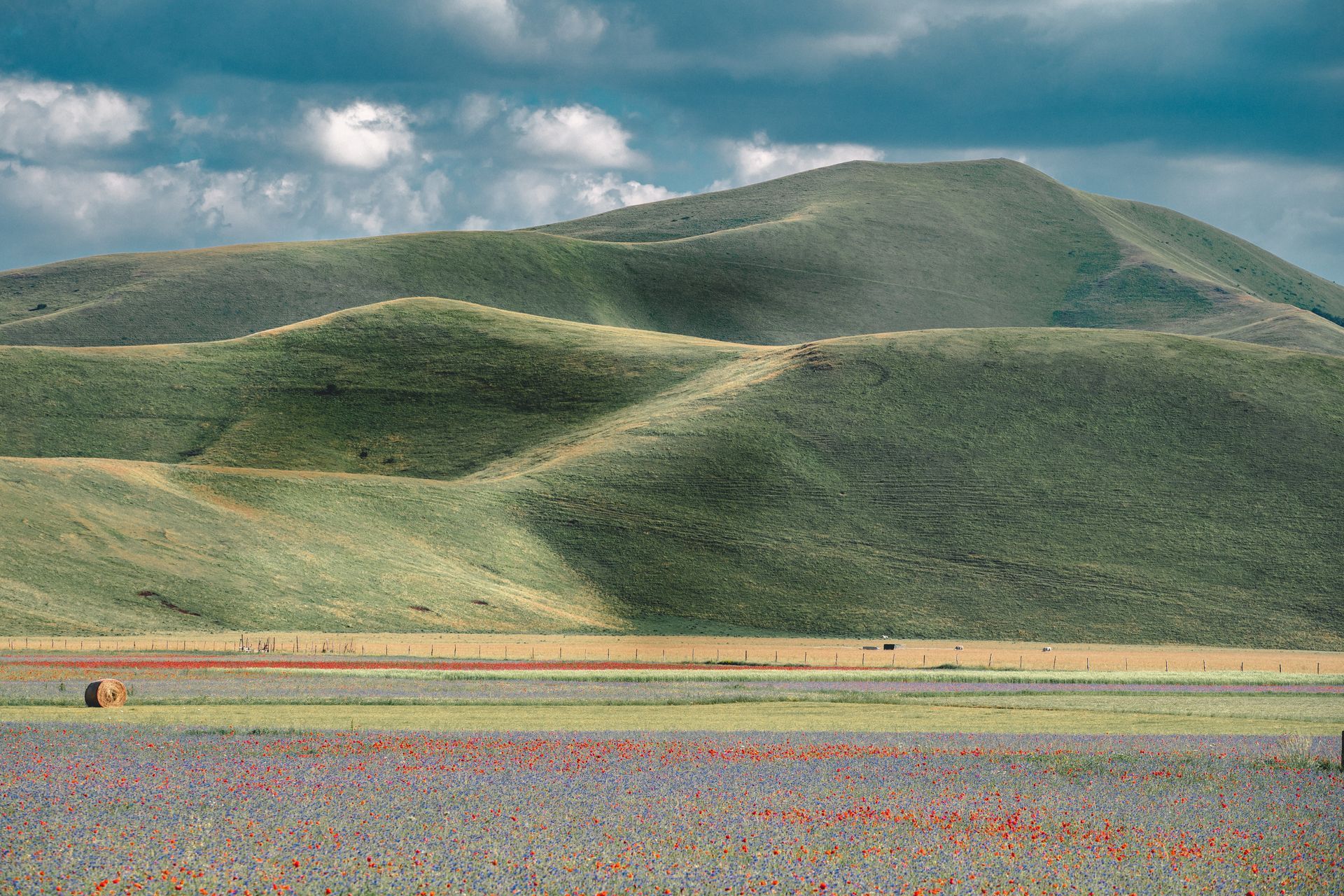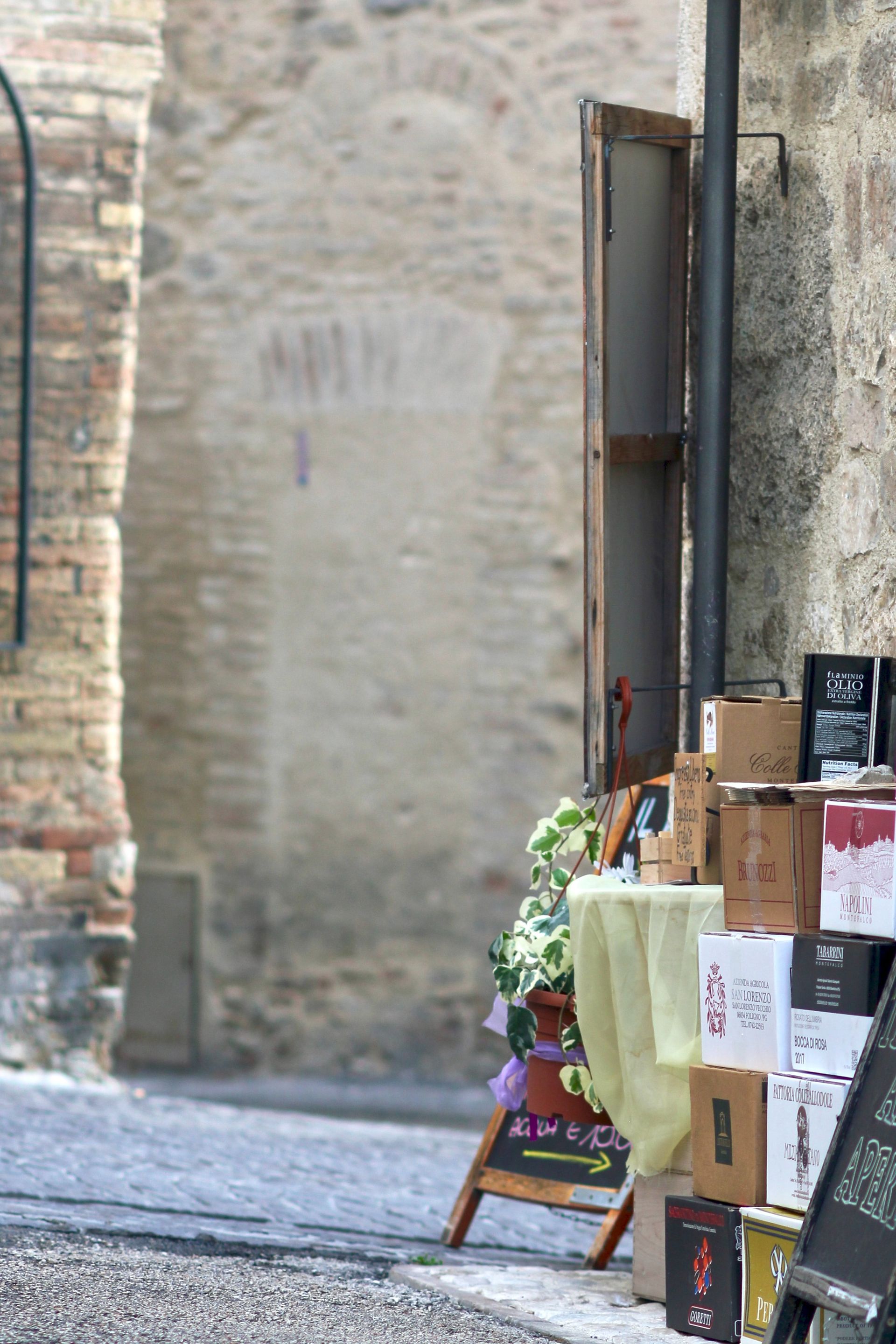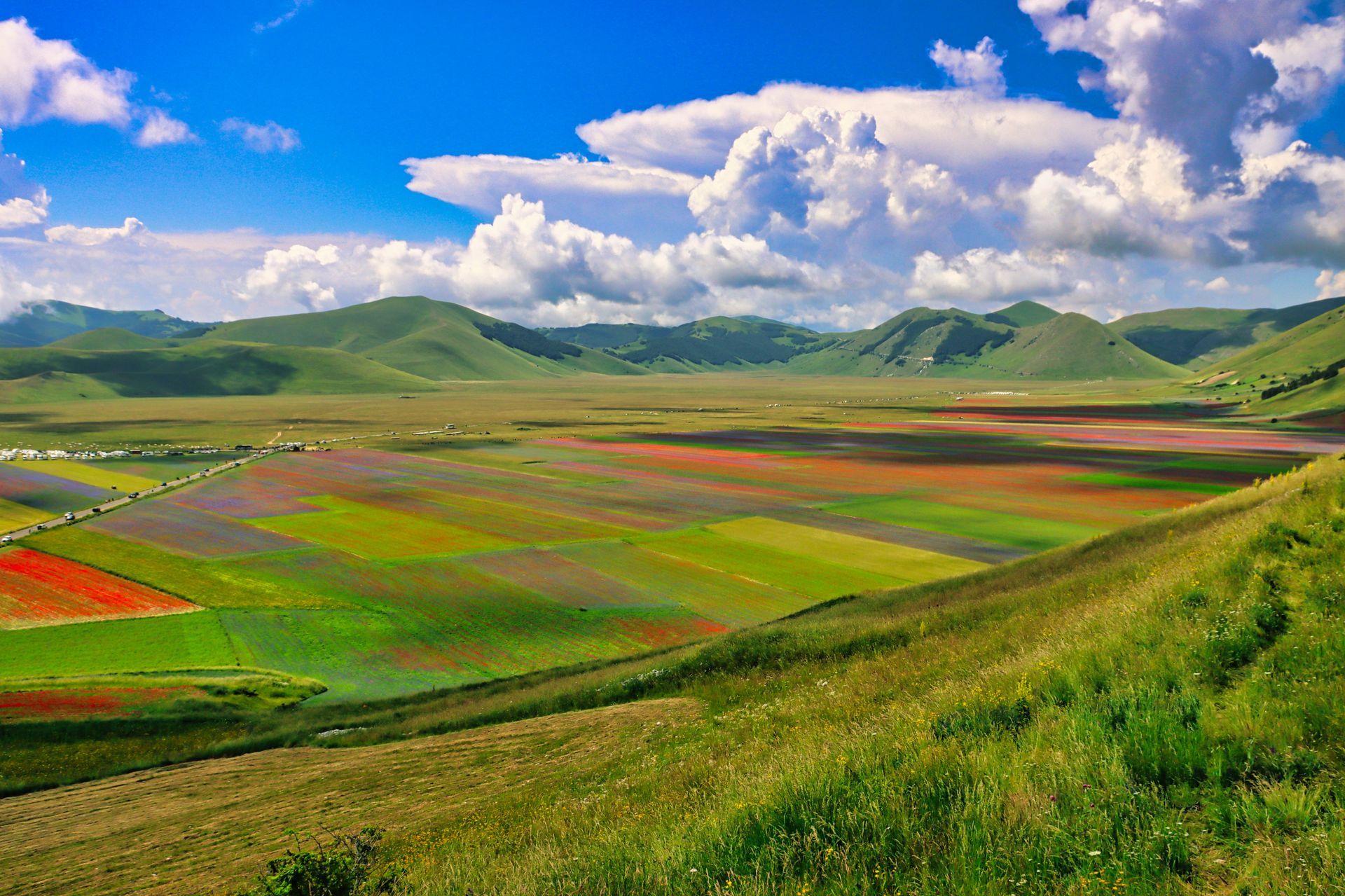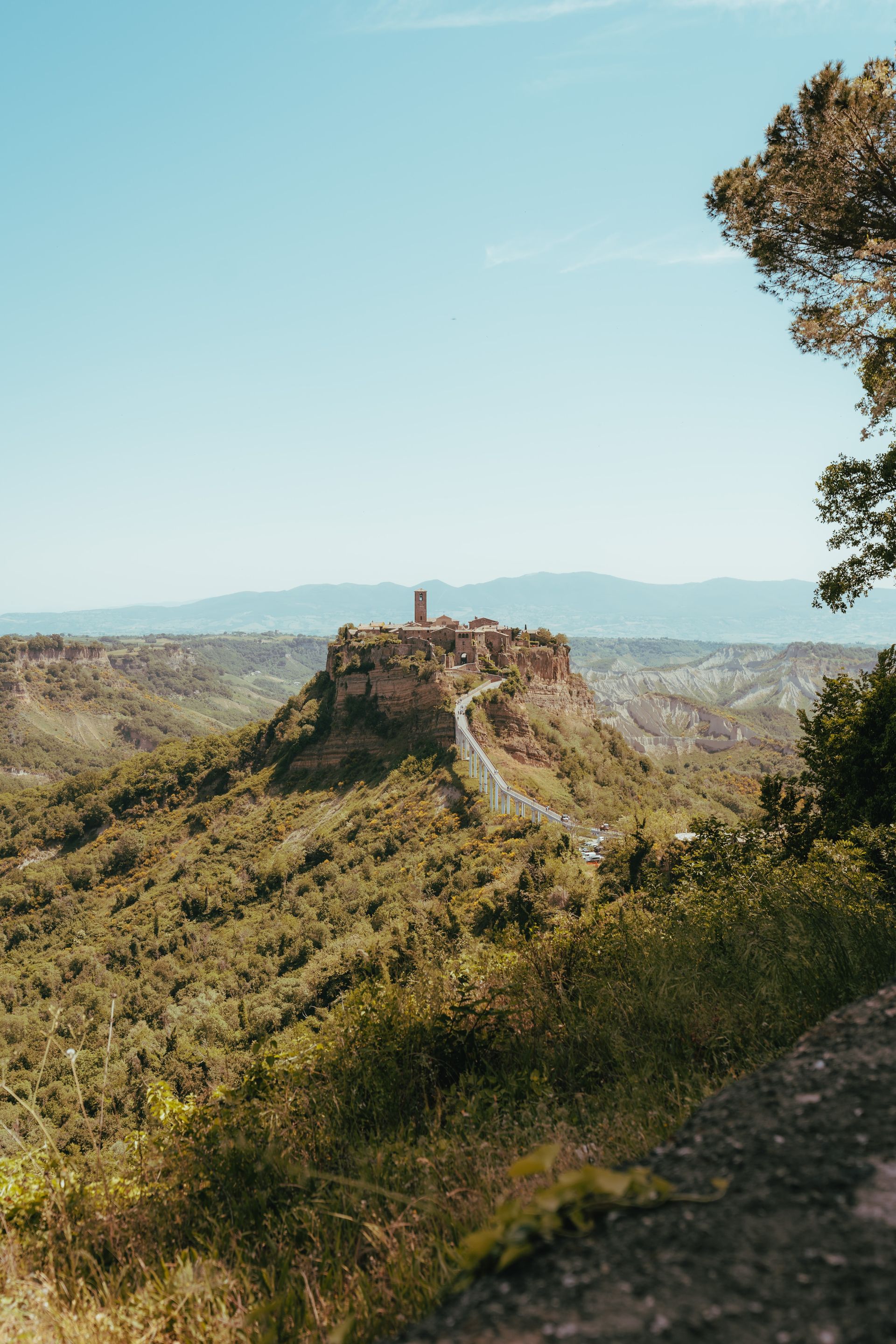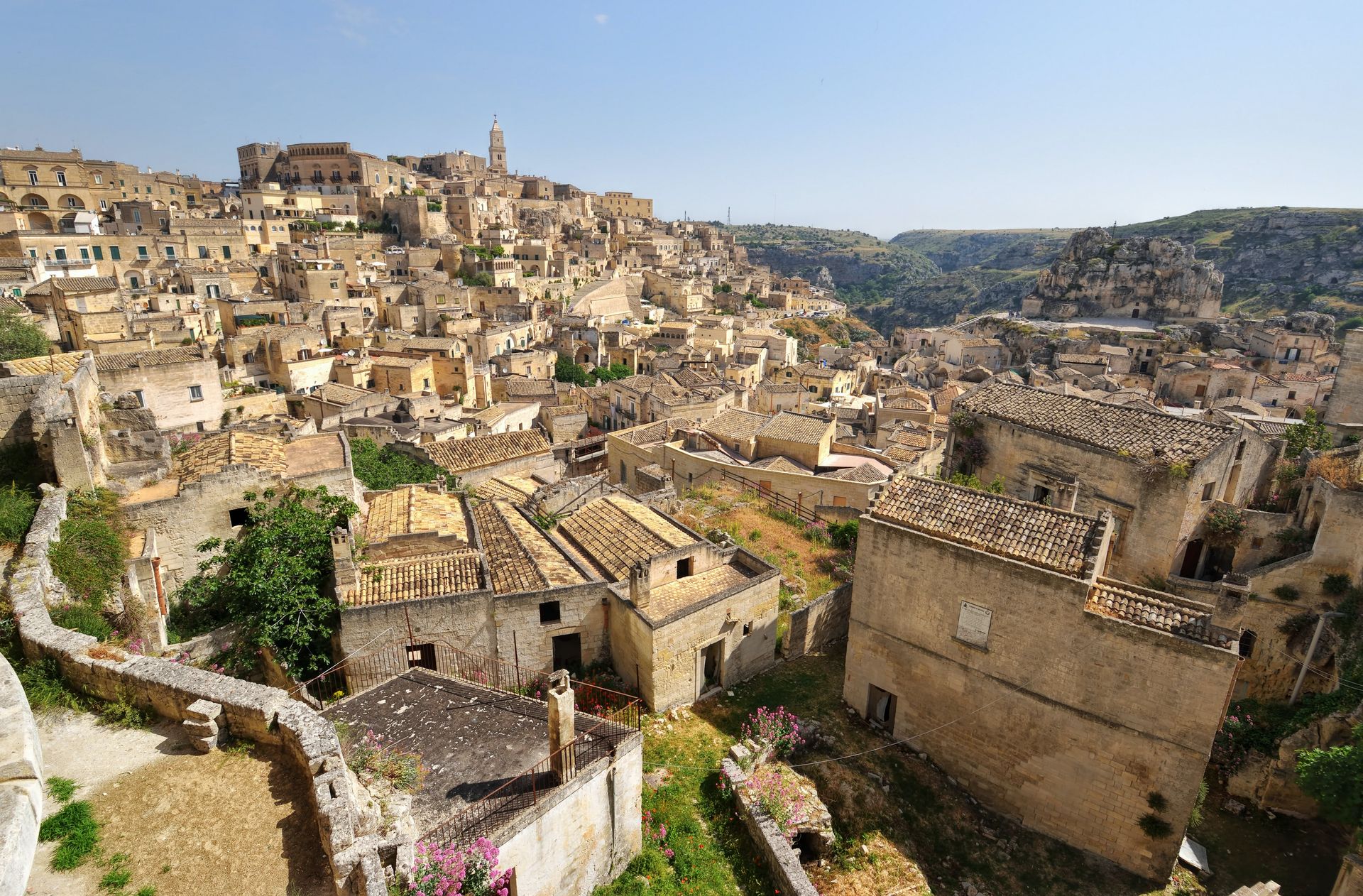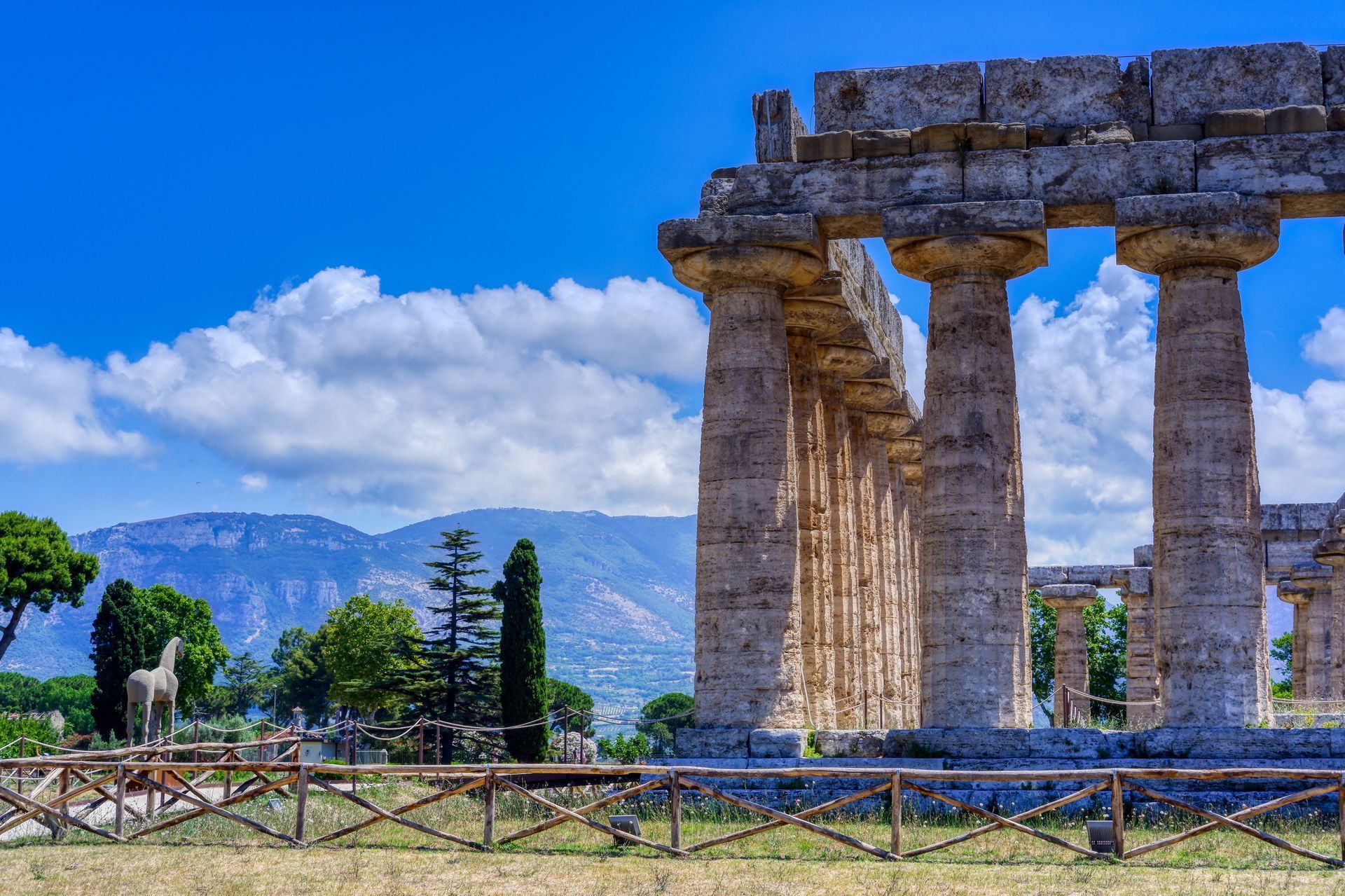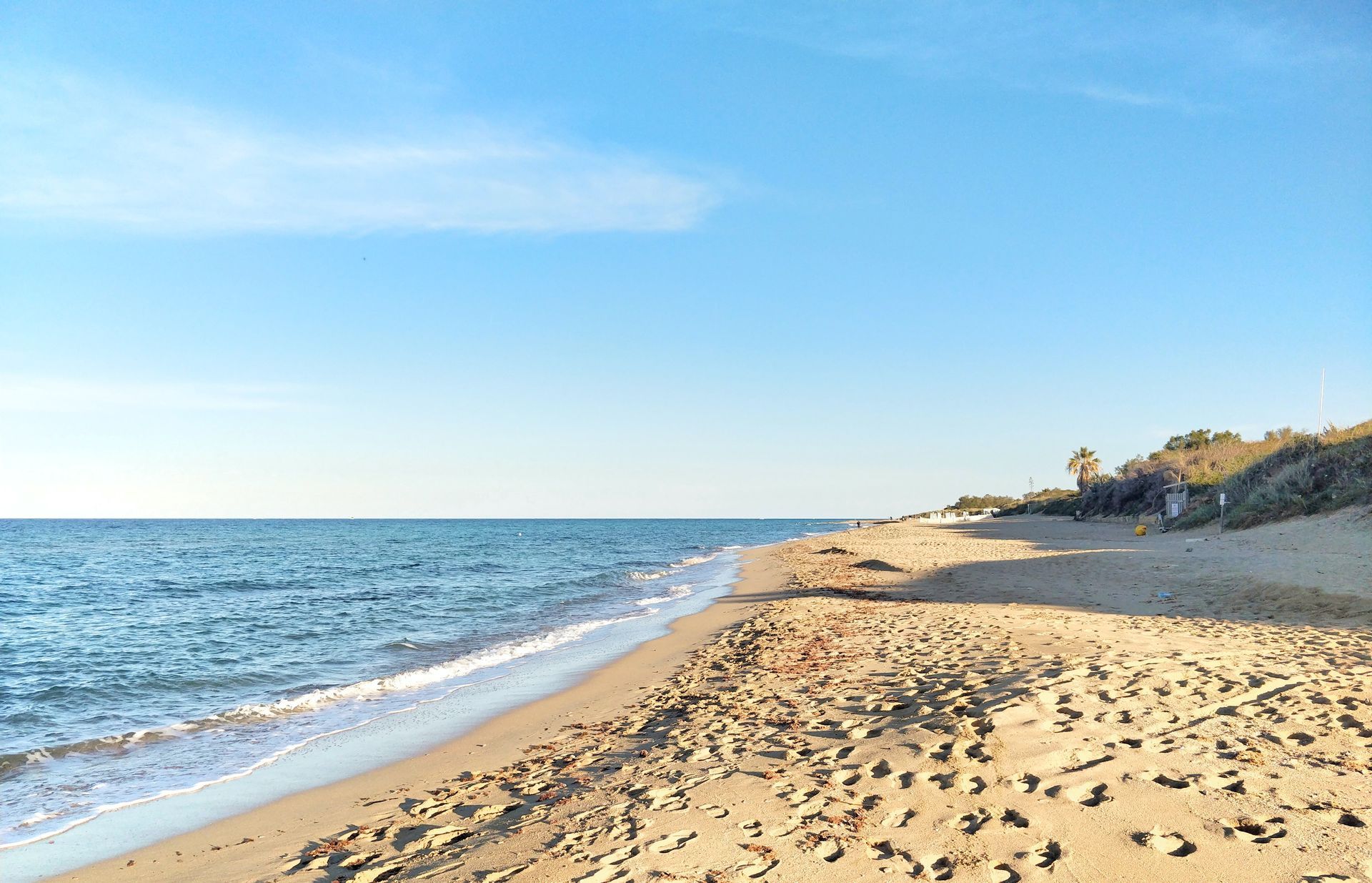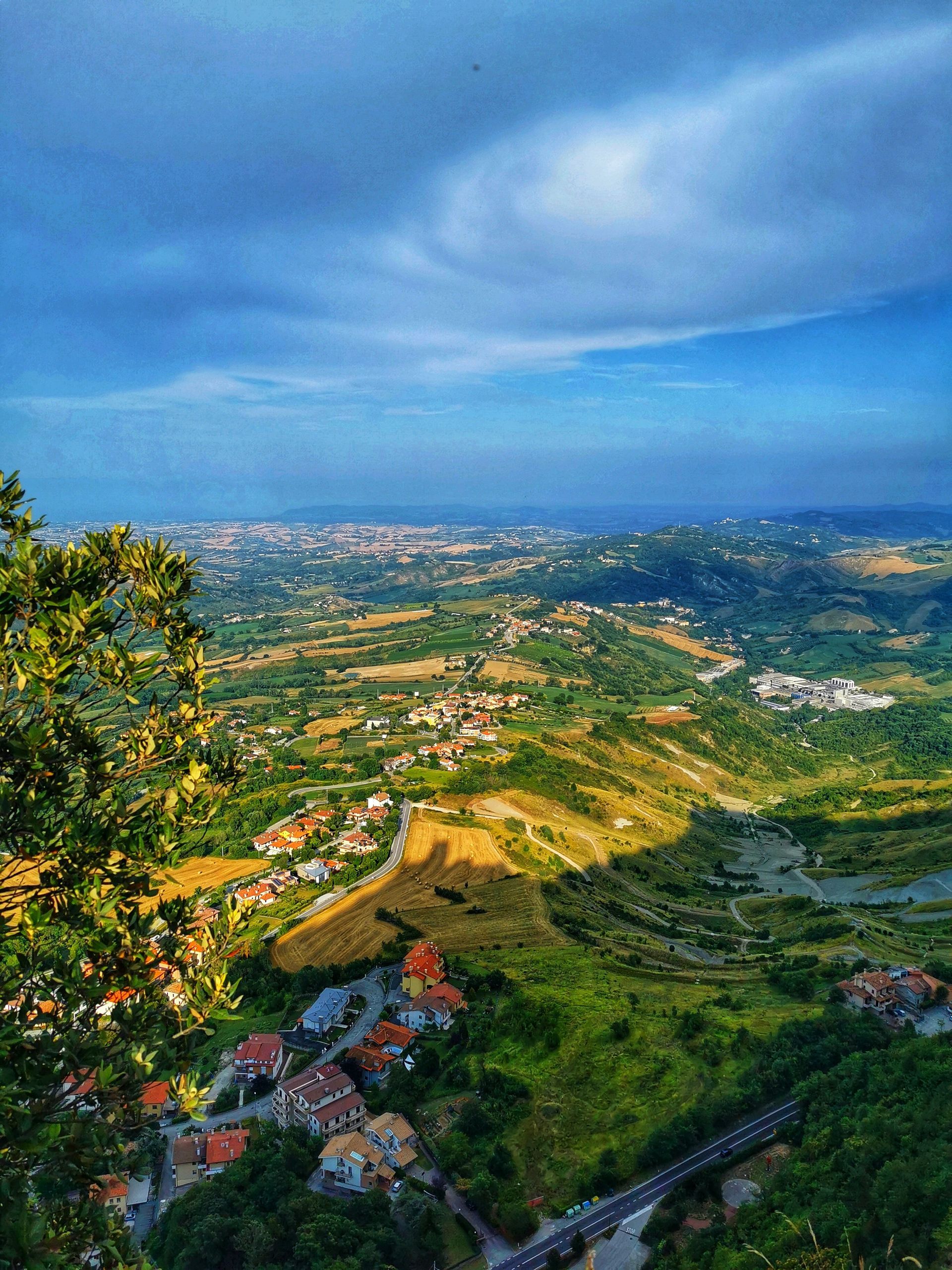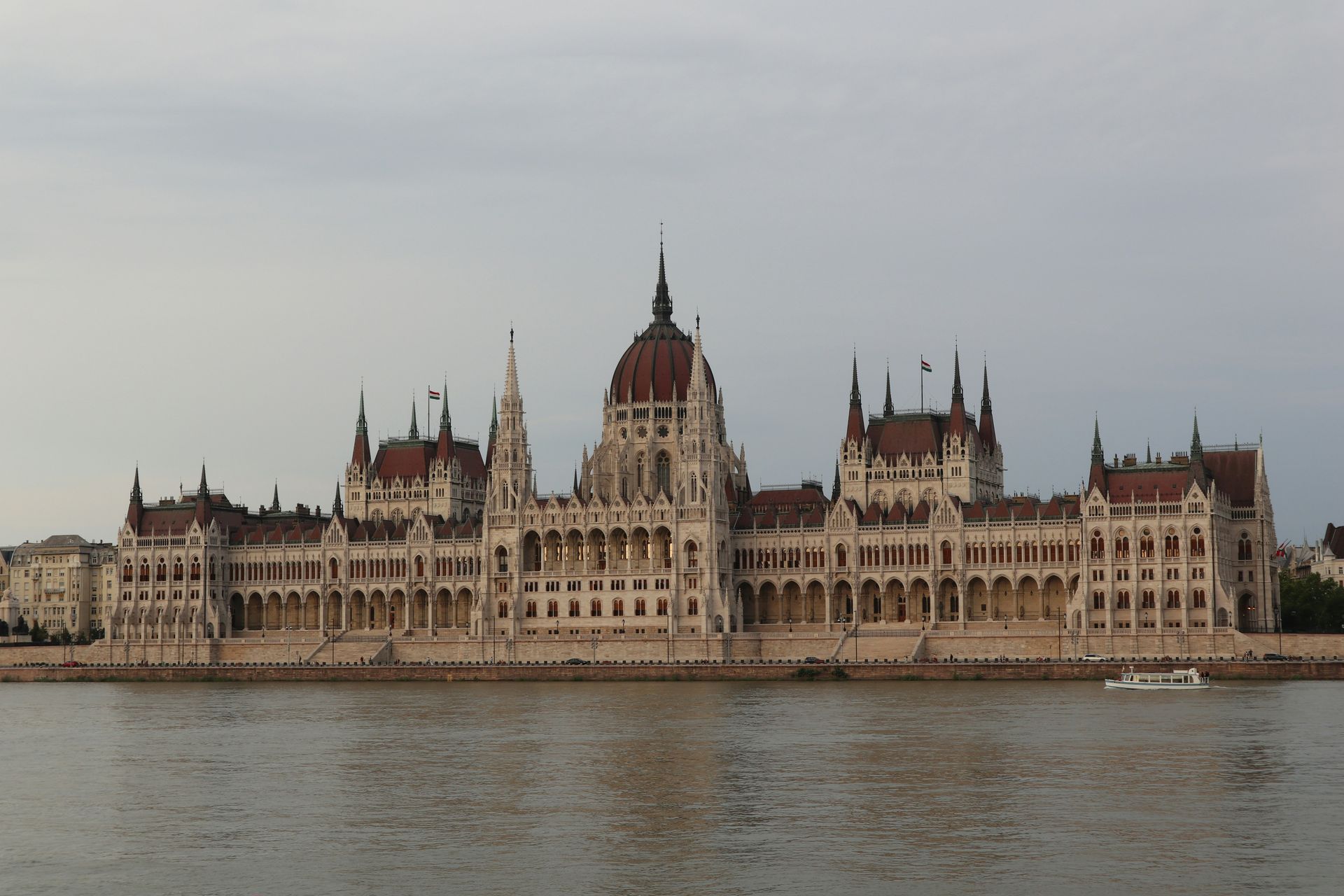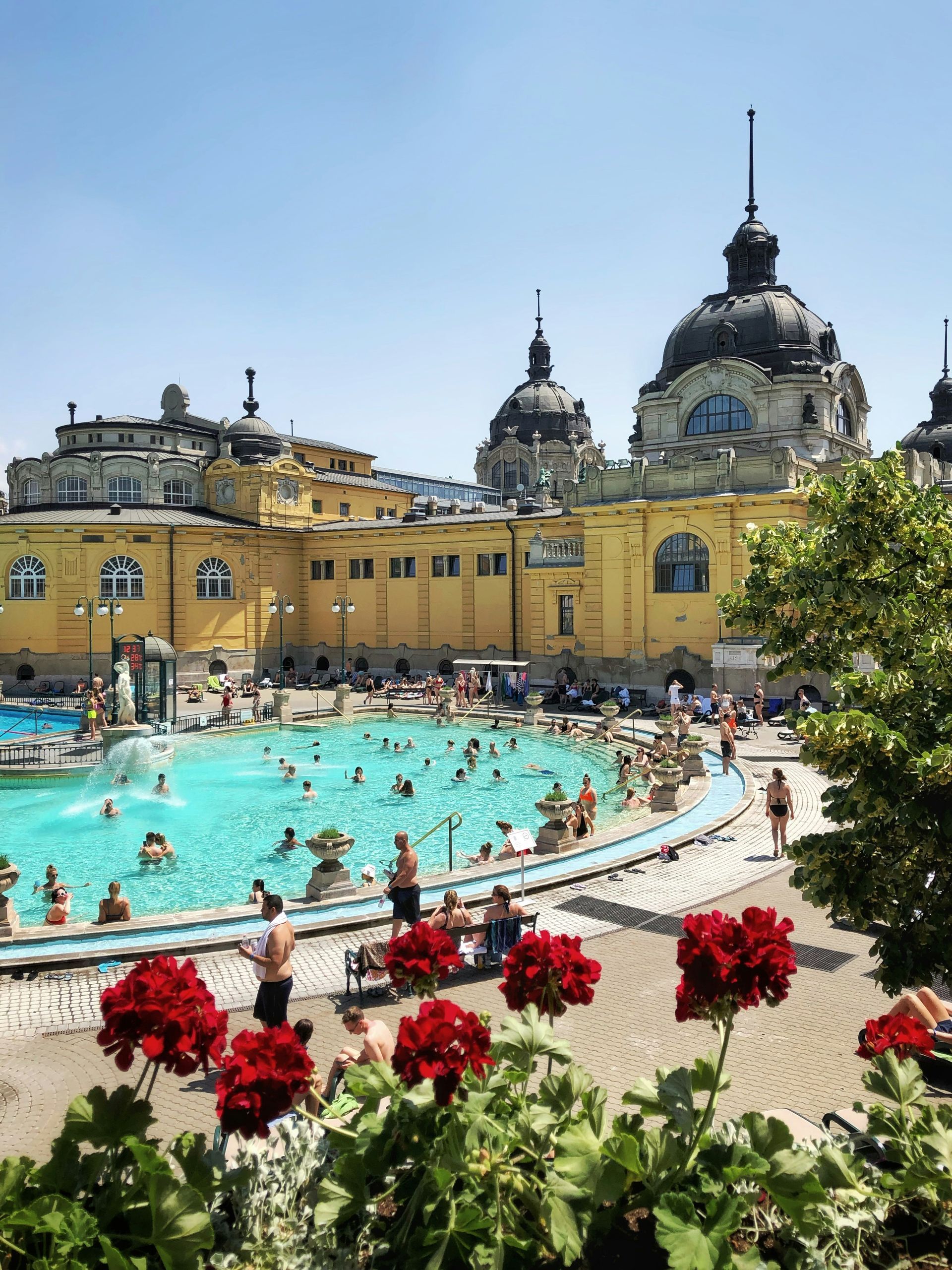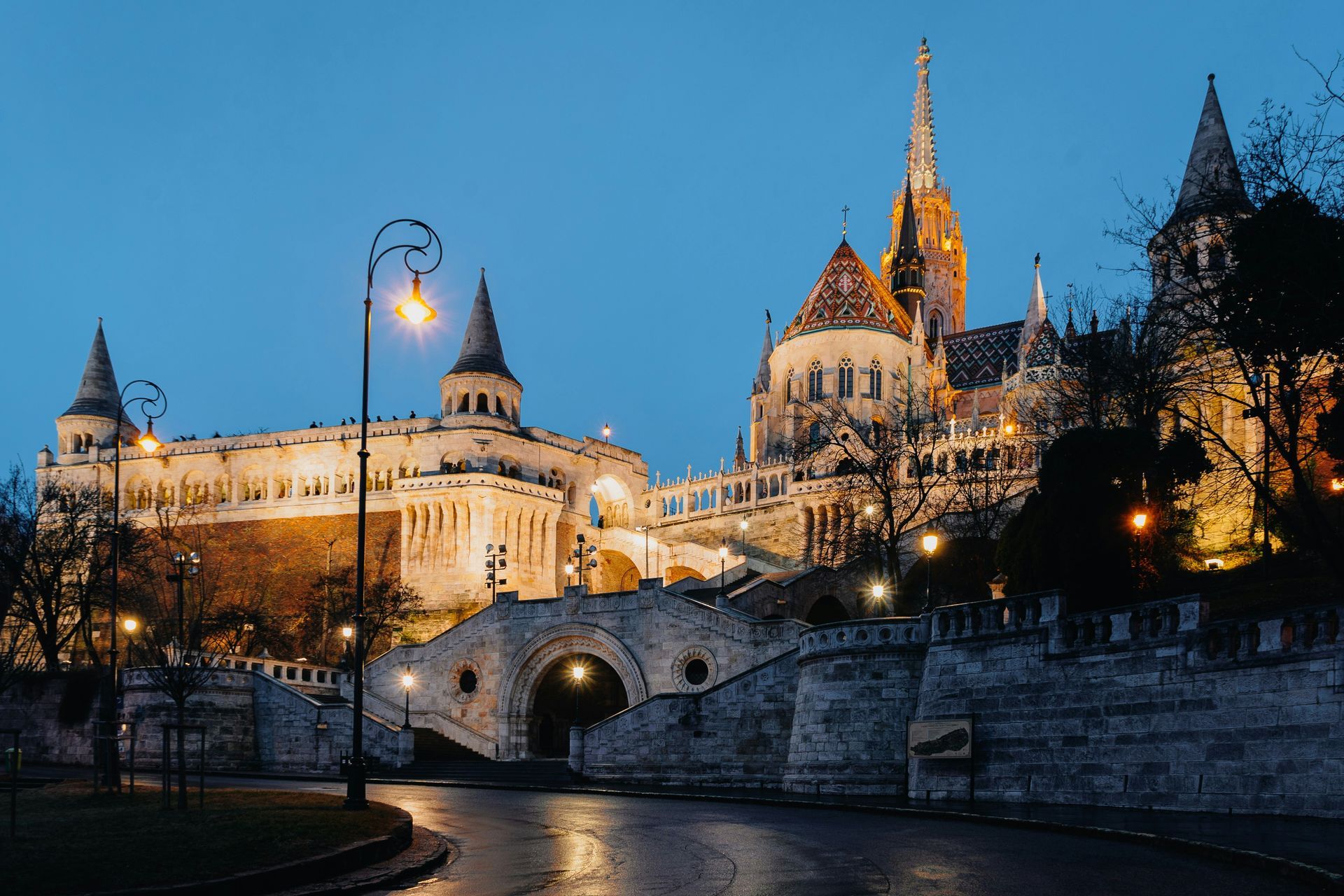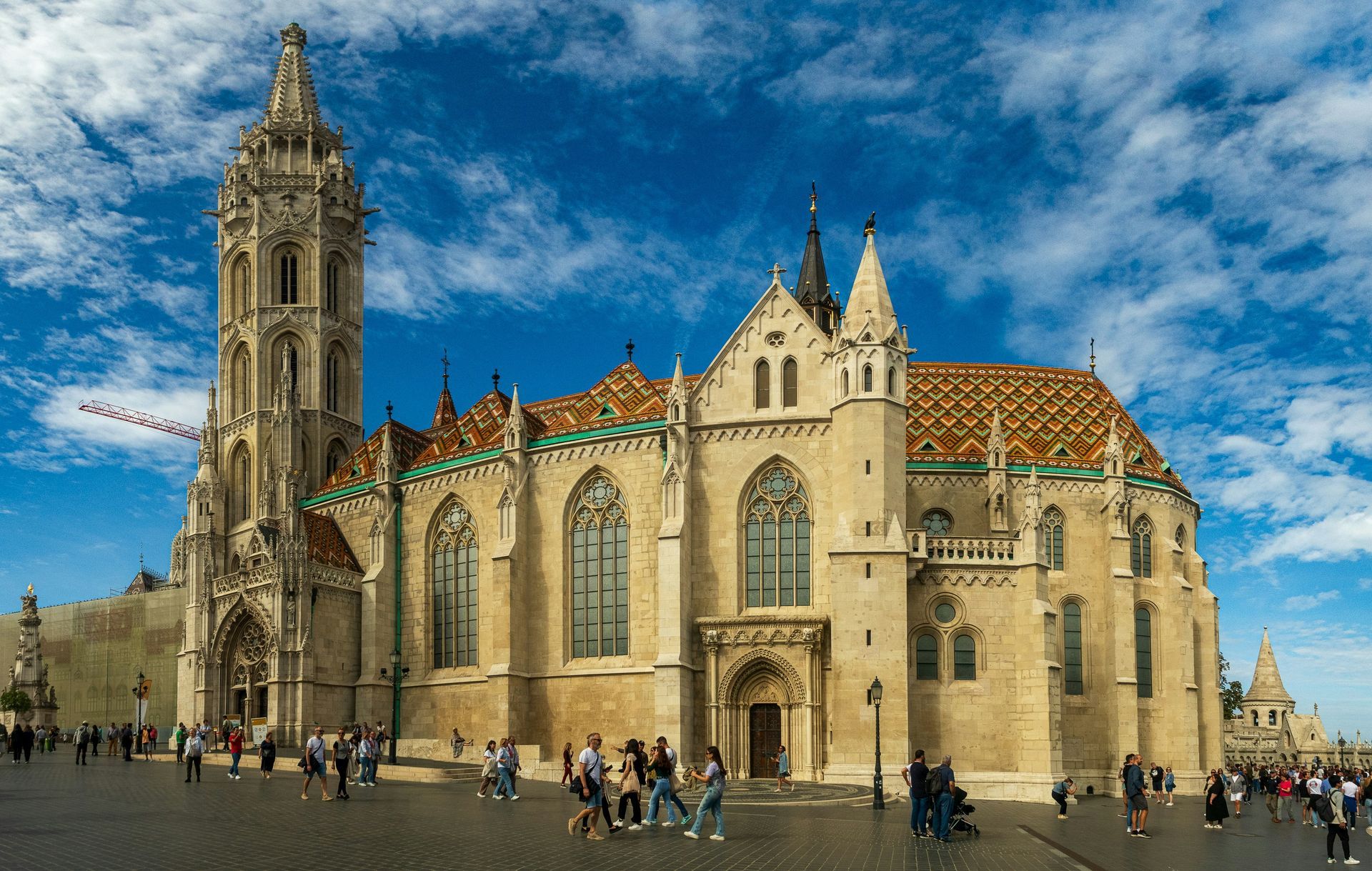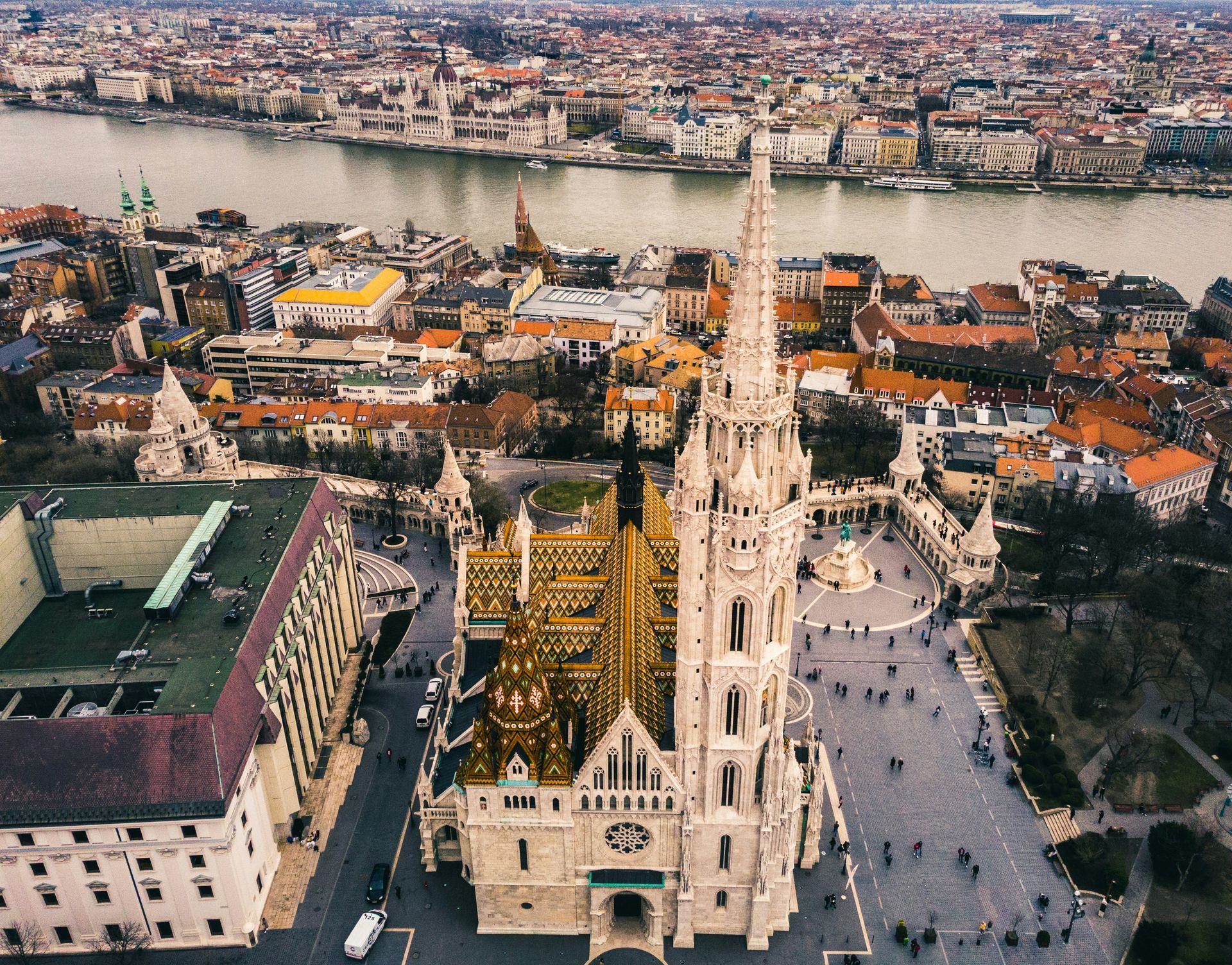Spreading Smile across the globe
Hidden Gems of Northern Italy
Hidden Gems of Italy are a testament to the country's diverse and enchanting beauty, often concealed from the traditional tourist routes. While Italy is celebrated for its iconic cities like Rome, Florence, Venice, and the Amalfi and Cinque Terre coasts, it's the lesser-known destinations that promise a unique journey. These unexplored regions offer travellers a chance to experience Italy's authentic culinary delights, rich historical narratives, and stunning natural landscapes. From the northern reaches to the southern shores, these Hidden Gems of Italy reveal a different facet of this remarkable nation.
Lake Orta - Piedmont
Hidden Gems of Italy come to life at Lake Orta, tucked away near the Swiss border in the heart of Piedmont. This hidden paradise often evades the spotlight compared to its more famous counterparts like Lake Como and Lake Garda. The historic town of Orta San Giulio, with its Baroque and Medieval architecture, cobbled streets, and idyllic Piazza Motta, enchants visitors. The glistening waters of the lake itself invite moments of serenity. What makes Lake Orta truly extraordinary is the mysterious island at its centre—a tranquil sanctuary inhabited by resident nuns.
Treviso - Veneto
Among the Hidden Gems of Italy, Treviso stands as a city in the Veneto region that retains its genuine northern Italian charm. Meandering through its narrow cobbled lanes, picturesque canals, and medieval city walls feels like a step back. Positioned on the fringes of the renowned Prosecco wine region, Treviso provides a delightful excuse for an aperitivo with a glass of Italy's renowned sparkling Prosecco.
Aosta Valley
Nestled among the bordering landscapes of Switzerland and France, the Aosta Valley showcases breathtaking alpine scenery, perched castles, and traditions that thrive throughout the year. When spring and summer arrive, the region's walking trails entice explorers. This season also brings lively festivals that celebrate folk traditions that date back to medieval times. Be sure to savour the local cheese Fontina, a culinary delight that embodies the spirit of this Hidden Gem of Italy.
Alba - Piedmont
Alba, a sought-after destination among Italy's hidden gems, is situated in the vineyards of the Langhe Hills. Once adorned with a hundred towers, Alba exudes a charming rural ambience. It's renowned for its autumn truffle festival, a gastronomic event that captures the essence of the region. Alba is also celebrated for its dark chocolate, hazelnut groves, white truffles, and prestigious wineries. It's from this very region that the sought-after Barolo wine originates.
Camogli - Liguria
Camogli, a typical and vibrant Italian seaside village on the Ligurian Riviera di Levante, perfectly embodies the spirit of the Hidden Gems of Italy. Towering, brightly painted houses dominate the town, and it has become a magnet for visitors seeking pristine beaches, Ligurian cuisine, the rustic fishing marina, Italian culture, and a tranquil natural setting. Camogli has earned its reputation for culinary excellence, focusing on fish and seafood, particularly anchovies and tuna, as well as the iconic pesto sauce made from basil and pine nuts.
Brescia - Lombardy
Hidden Gems of Italy often come alive through history, and Brescia is no exception. In this small city, history unfolds through a tapestry of architectural styles, spanning Roman, Medieval, Renaissance, Baroque, and even Art Deco. Walking through Brescia feels like a journey through time, and a visit to the captivating Piazza della Loggia, framed by a stunning Venetian-style palace at its heart, is a must for history enthusiasts.
Trieste
Trieste is a refreshingly unique destination, an Italian city positioned near the Slovenian border with its dialect that's a delightful blend of Austrian-German, Greek, Croatian, and Italian. Trieste's neoclassical waterfront is a sight to behold, with its marina brimming with stylish, glimmering yachts. The city's offerings include clear blue skies, expansive sandy beaches, city lidos, and the surrounding vineyards. Trieste is a Hidden Gem of Italy that belongs on every traveller's Northern Italian itinerary.
Modena - Emilia-Romagna
Modena is famed for its Hidden Gems of Italy, including balsamic vinegar, Luciano Pavarotti, the Romanesque cathedral, and the nearby Ferrari museum. Beyond these illustrious attractions, Modena reveals a treasure trove of remarkable restaurants. Massimo Bottura's Osteria Francescana has twice earned a place among the world's top 50 eateries, showcasing the culinary excellence of this Hidden Gem. While in Modena, don't miss the chance to savour local specialities like stuffed tortellini and sparkling Lambrusco wine, the perfect complement to your gastronomic journey.
Chiusa / Klausen - South Tyrol
Chiusa, also known as Klausen, is one of Italy's most picturesque villages. It is situated on the banks of the Isarco River in the South Tyrolean region near the Austrian border. Chestnut groves, green fields, vineyards, and farmsteads surround the town. In the village itself, visitors are captivated by narrow alleyways, coats of arms, large bay windows, crenellated facades, and the two main squares.
Ravenna - Emilia-Romagna
Ravenna offers a treasure trove of experiences among the Hidden Gems of Italy. This city is a feast for the senses, with its diverse offerings of food, music, art, culture, history, beaches, wine, and mosaics. Ravenna is home to eight UNESCO-listed sites, making it a must-visit for history and art enthusiasts. It's also known for its two-month-long music festival, Dante Alighieri's tomb, local culinary delights, nearby beach resorts, and the opportunity to explore pinewood forests. The city's fame is derived from its stunning mosaics, dating from the fifth and sixth centuries, scattered throughout the town.
In conclusion, Italy's Hidden Gems invite you to embark on a journey less travelled, where the rich tapestry of history, diverse cuisine, and breathtaking landscapes come to life. These lesser-known destinations provide an authentic Italian experience, away from the bustling crowds, revealing the nation's soul in its purest form. Explore these Hidden Gems to uncover Italy's hidden treasures.
Hidden Gems of Central Italy
Hidden Gems of Italy beckon the adventurous traveller to explore the lesser-known treasures that this remarkable country holds. From the picturesque valleys of Tuscany to the medieval charm of Umbria, the mysterious landscapes of Molise, and the architectural wonders of San Gimignano, these destinations promise unforgettable experiences.
Garfagnana - Tuscany
The Garfagnana region is a hidden gem in the beautiful Tuscan valley north of Lucca. It is crossed by the Serchio River, and the landscape is characterized by fertile greenery, rugged mountains, and charming villages. Outdoor activities such as hiking, walking, and mountain biking are enjoyed by many people in this area. Garfagnana is home to several one-of-a-kind attractions, including a ghost town, a wind cave, and the Devil's Bridge at Borgo a Mozzano.
Gubbio - Umbria
Umbria hides many treasures, and a particular favourite among Hidden Gems of Italy is the Medieval hilltop town of Gubbio. Gubbio, a city with a history dating back over 2,000 years, is a maze of cobbled streets and stone buildings that have been perfectly preserved. Visitors can take a cable car to the summit of Mount Ingino to enjoy panoramic views of the surrounding area. In addition, Gubbio hosts Italy's oldest event, the Corsa dei Ceri, in which teams race through the streets carrying massive wooden candles.
Molise
Molise is Italy's second-smallest region and one of its best-kept secrets. Hidden Gems of Italy are plentiful here. The picturesque town of Agnone is renowned for its artisanal bells, produced by the oldest family-run bell foundry in the world. Meanwhile, Campobasso, the regional capital, boasts a stunning medieval old town. Molise offers a captivating mix of historical charm and natural beauty, with rugged mountains, rolling hills, and pristine beaches along the Adriatic coast.
San Gimignano - Tuscany
Nestled in the heart of Tuscany, San Gimignano boasts medieval architecture and, of course, its famous towers. The town's historic centre is a UNESCO World Heritage site, known for its fourteen stone towers that once symbolised wealth and power. San Gimignano offers a glimpse into medieval Tuscany, with well-preserved streets and squares that transport visitors to another time. Besides the towers, make sure to explore the Collegiate Church and indulge in the local Vernaccia wine, a crisp white wine produced in the region.
Spello - Umbria
Another gem in the heart of Italy, Spello enchants visitors with its winding medieval streets and stunning floral displays. Known as the "Città Infiorata" or "flower town," Spello hosts the Infiorata festival, during which the streets are carpeted with intricate flower petal designs. This event occurs in early June and is a magnificent spectacle. Outside of the festival, Spello's charm continues with its well-preserved historic centre and beautiful churches.
Trulli of Alberobello - Apulia
Apulia, or Puglia, is famous for its unique trulli houses, and Alberobello is the epicentre of this architectural marvel. These whitewashed conical homes are a UNESCO World Heritage Site that offers a glimpse into the region's history. Visitors can even stay in trulli that have been converted into accommodations, providing a truly immersive experience.
Norcia - Umbria
Nestled in the Sibillini Mountains, Norcia is renowned for its gastronomy. This charming town produces exceptional cured meats, particularly prosciutto and salami. For food enthusiasts, Norcia is a true Hidden Gem of Italy. Explore local shops, taste the region's specialities, and visit the beautiful town square. Nature enthusiasts will also find hiking trails and natural beauty in the nearby Monti Sibillini National Park.
Montefalco - Umbria
Montefalco is often called the "Balcony of Umbria" for its stunning views over the surrounding valley. This charming town is also known for its wine, particularly Sagrantino, one of Italy's most robust red wines. Montefalco's medieval centre is picturesque and hosts several churches with remarkable frescoes, making it a cultural and gastronomic gem.
Castelluccio di Norcia - Umbria
High in the Sibillini Mountains, Castelluccio di Norcia is a quaint village known for its stunning wildflower blooms in late spring and early summer. The surrounding plateau becomes a colourful tapestry, attracting photographers and nature enthusiasts. Besides the flowers, visitors can enjoy hiking and take in the breathtaking scenery. Hidden Gems of Italy like Castelluccio di Norcia provide a unique connection to nature and the changing seasons.
In the heart of Italy, a treasury of Hidden Gems awaits the intrepid traveller. From the mysterious ghost town of Garfagnana to the ancient charms of Gubbio, the enchanting landscapes of Molise, and the medieval splendours of San Gimignano, these lesser-known destinations reveal Italy's diverse beauty and rich history. Journey through the tranquil streets of Spello, marvel at the unique trulli houses in Alberobello, savour the culinary delights of Norcia, and bask in the vibrant blooms of Castelluccio di Norcia. These Hidden Gems of Italy promise an unforgettable adventure in a land of timeless wonder.
Hidden Gems of Southern Italy
Italy, a land of rich history, captivating art, and exquisite cuisine, is known for its iconic cities and world-famous landmarks. Despite the tourist-filled streets and crowded piazzas, the country holds many hidden gems—lesser-known destinations that offer a more intimate and authentic experience. These places, tucked away in various corners of Italy, are a testament to the nation's diverse and enchanting beauty, waiting to be explored by the discerning traveller. From medieval towns perched atop hills to charming coastal villages and ancient archaeological sites, the Hidden Gems of Italy promise unique adventures and unforgettable memories.
Civita di Bagnoregio - Lazio
Civita di Bagnoregio is often called the "Dying Town" because of its gradual erosion over the centuries. This medieval village is perched on a hilltop and can only be reached by a long footbridge. It's a unique destination, seemingly suspended in time, and is the perfect Hidden Gem for history buffs and photographers.
Matera - Basilicata
Matera, known for its cave dwellings, is one of Italy's most intriguing and unique destinations. The Sassi di Matera, a historic cave settlement, is a UNESCO World Heritage Site. Matera is gaining popularity but still qualifies as one of the Hidden Gems of Italy. Touring this labyrinth of stone-carved rooms and narrow streets offers an incredible historical journey.
Sperlonga - Lazio
Sperlonga is a charming coastal town characterized by its pristine beaches, winding alleys, and picturesque piazzas. Nestled between Rome and Naples, Sperlonga is often overlooked by travellers. A visit here reveals a relaxed and authentic Italian atmosphere, perfect for strolls and seaside relaxation. Take advantage of the Grotto of Tiberius, a cave once used as the emperor's villa and now a museum.
Paestum - Campania
The ancient ruins of Paestum, originally a Greek colony known as Poseidonia, provide an extraordinary window into Italy's history. The temples are exceptionally well-preserved, ranking among the best-preserved in the world. Paestum is also home to a fascinating archaeological museum that displays artefacts from the site. Enjoy a step back in time amid the Hidden Gems of Italy.
Castro - Apulia
Castro, a picturesque coastal town, boasts a historic centre perched on a rocky outcrop. Visitors can explore ancient churches, fortifications, and a charming harbour. Castro also has sea caves that can be explored by boat. The region's cuisine is a seafood lover's paradise, making this town a Hidden Gem for food enthusiasts as well.
Scilla - Calabria
Scilla, an idyllic coastal village in Calabria, offers stunning sea views and hidden beaches. The town is known for the Ruffo Castle, which dominates the landscape, and the legendary sea monster Scylla from Greek mythology. The charming village is a serene and lesser-known alternative to some of the more crowded Italian seaside destinations.
San Marino
San Marino is a microstate surrounded by Italy and is one of the world's oldest republics. It's a destination that's often missed, making it a true Hidden Gem. San Marino boasts dramatic mountaintop views, historic architecture, and unique attractions like the Guaita Tower and the Palazzo Pubblico. For collectors, the country is also known for its beautiful stamps and coins.
Conclusion
Discovering the Allure of Hidden Gems of Italy
Hidden Gems of Italy offers travellers an authentic experience, far removed from the tourist-packed cities and famous landmarks. These lesser-known destinations unravel the genuine charm, culture, history, and culinary wonders that make Italy an endlessly fascinating country to explore. From the mountains of the North to the coasts of the South, each region holds its treasures, waiting to be discovered by those who venture off the beaten path. By exploring the Hidden Gems of Italy, you can craft a unique and unforgettable journey that deepens your appreciation of this incredible country. Plan your trip carefully, and you will be rewarded with the beauty, history, and flavours that characterize these enchanting places.
Exploring Hungary:
Top Must-See Attractions and Experiences
Hungary is a captivating blend of rich history, vibrant culture, and stunning landscapes, making it a must-visit destination for travelers seeking a unique European experience. From the grandeur of Budapest’s iconic landmarks to the peaceful charm of its rural villages, Hungary offers a wide range of memorable experiences. For those looking to explore the essence of the country, there are countless things to do in Hungary that highlight its diverse attractions.
In Budapest, you’ll find architectural marvels like the majestic Parliament Building and the historic Buda Castle, offering glimpses into Hungary’s regal past. Thermal baths, another famous Hungarian attraction, provide a relaxing escape in beautifully designed spaces dating back centuries. Beyond the capital, Hungary’s wine regions, such as Tokaj and Eger, invite you to savor world-class wines against scenic vineyard landscapes. Outdoor enthusiasts can enjoy hiking trails in the picturesque Lake Balaton region or explore the unique formations of Aggtelek National Park.
Whether you’re delving into historical sites, indulging in the local cuisine, or embracing the beauty of the countryside, Hungary promises a rich and unforgettable journey filled with remarkable attractions and experiences.
Castle Hill, Castle District
Castle Hill, located in Budapest’s historic Castle District, is an absolute must on any list of things to do in Hungary. This UNESCO World Heritage Site is packed with iconic landmarks, including the majestic Buda Castle, the intricate Matthias Church, and the fairy-tale-like Fisherman’s Bastion. Perched high above the Danube River, each of these sites offers breathtaking views of the city’s skyline, making Castle Hill a prime destination for photographers and history lovers alike.
As you explore the cobblestone streets of Castle Hill, you’ll feel as if you've stepped into another era. The Buda Castle complex is home to the Hungarian National Gallery and the Budapest History Museum, where visitors can explore Hungary's vibrant art and cultural heritage. Nearby, Matthias Church stands out with its vibrant tiled roof and beautifully detailed interior, while Fisherman’s Bastion provides panoramic vistas over the river and the Parliament building. Among the things to do in Hungary, spending time in the Castle District is essential for anyone looking to experience Hungary’s history, culture, and architectural grandeur all in one unforgettable location.
Budapest’s Parliament Building
The Parliament Building in Budapest is a breathtaking icon and a must-see among things to do in Hungary. Set along the banks of the Danube River, this neo-Gothic masterpiece is one of Europe’s largest and most beautiful parliamentary buildings, offering visitors a unique blend of grandeur and history. The building's symmetrical façade, spires, and central dome make it one of the most photographed landmarks in Budapest, while its intricate architecture tells the story of Hungary’s rich past and national pride.
Inside, guests are welcomed by lavish halls decorated with frescoes, gilded accents, and statues that reflect Hungary’s rich artistic legacy. A guided tour offers a closer look at highlights such as the Dome Hall, where the Hungarian Crown Jewels are displayed under heavy security, symbolizing the nation's sovereignty. Strolling around the building’s exterior, you’ll also have fantastic views of the Danube and the Chain Bridge, making this a memorable stop. When planning things to do in Hungary, don’t miss the chance to experience the grandeur of Budapest’s Parliament Building, an essential visit for architecture and history enthusiasts alike.
Memento Park, Budapest
Memento Park in Budapest is a thought-provoking destination that stands out among things to do in Hungary. This outdoor museum is devoted to preserving statues, monuments, and artifacts from Hungary's communist period, providing a distinctive insight into the nation’s intricate past. As you walk through the park, you'll encounter larger-than-life statues of key figures like Lenin, Marx, and Engels, as well as socialist-realist sculptures that once lined Budapest’s streets and squares.
Rather than destroy these symbols after the fall of communism, Hungary chose to collect them in Memento Park, creating a place for reflection and learning. Each statue tells a story, from the towering Soviet liberation soldiers to Hungary’s unique take on socialist realism. The park also features exhibitions on propaganda and a replica of Stalin’s boots, symbolizing the toppling of his statue during the 1956 uprising. Visiting Memento Park is not just an educational experience, but a fascinating journey through Hungary’s recent past. For history enthusiasts or anyone seeking a deeper cultural perspective, this park is a memorable addition to your list of things to do in Hungary.
Széchenyi Thermal Bath
Széchenyi Thermal Bath is a must-visit destination on any list of things to do in Hungary. Located in Budapest’s City Park, this iconic thermal bath is one of the largest and oldest in Europe, offering an unforgettable experience steeped in both relaxation and history. Built in 1913, Széchenyi Thermal Bath boasts stunning Neo-Baroque architecture, with intricately designed indoor and outdoor pools that provide a tranquil escape for both locals and travelers.
The bath complex is fed by natural thermal springs, whose mineral-rich waters are said to have therapeutic properties, aiding in the relief of joint pain and other ailments. With 18 pools of varying temperatures, steam rooms, and saunas, Széchenyi caters to everyone, from those seeking pure relaxation to those interested in the health benefits. The outdoor pools, warm even in winter, offer a surreal experience as you soak in the steamy water surrounded by beautiful Baroque facades. For a unique cultural twist, join a game of chess with locals on floating boards—a beloved tradition here. Immersing yourself in the Széchenyi Thermal Bath is truly one of the quintessential things to do in Hungary.
Fisherman’s Bastion
Fisherman’s Bastion is an essential stop on any itinerary of things to do in Hungary. Situated on Castle Hill in Budapest, this remarkable landmark provides sweeping views over the city, capturing sights of the iconic Danube River and the Parliament Building. Built between 1895 and 1902, Fisherman’s Bastion showcases Neo-Romanesque architecture with its fairy-tale turrets, arches, and intricate detailing. Its design resembles a medieval castle, yet it was intended more as an ornamental lookout than a military fortress.
The name "Fisherman’s Bastion" is a nod to the guild of fishermen who once protected this part of the city walls in the Middle Ages. Visitors today can wander through its seven towers, representing the seven Magyar tribes who founded Hungary. This historic monument becomes especially magical at sunrise and sunset when the golden light casts a warm glow over the cityscape. Whether you’re exploring the bastion’s terraces, capturing photos of the sweeping views, or simply enjoying the serene atmosphere, Fisherman’s Bastion is undoubtedly one of the top things to do in Hungary for history and architecture enthusiasts alike.
Buda Castle
Buda Castle, a UNESCO World Heritage site, is one of the must-visit landmarks when exploring the top things to do in Hungary. This historic castle complex, perched atop Castle Hill in Budapest, has been a symbol of Hungarian history and resilience since the 13th century. Overlooking the Danube River, Buda Castle has witnessed the transformations of Hungary through wars, occupations, and cultural renaissances, each leaving an imprint on its architecture and design.
Guests at Buda Castle can wander through its magnificent courtyards, intricately designed facades, and exquisite sculptures. Notable attractions within the complex include the Hungarian National Gallery and the Budapest History Museum, both offering rich cultural experiences. These institutions offer a fascinating glimpse into Hungary’s rich art, culture, and historical evolution. Strolling through the castle grounds, you’ll also enjoy breathtaking views of the city below, especially at sunset when the skyline glows in the evening light.
Buda Castle is more than a historic landmark; it’s a cultural journey and an essential highlight on any list of things to do in Hungary, perfect for history buffs, art lovers, and sightseers alike.
Matthias Church, Budapest
Matthias Church, with its distinctive Gothic architecture and colorful tiled roof, is a must-see when exploring things to do in Hungary. Located in Budapest’s Castle District, this historic church has been a central landmark since the 13th century and holds a special place in Hungarian history and culture. Known for its richly adorned interior, Matthias Church boasts vibrant frescoes, intricate stained glass windows, and breathtaking details that reflect the craftsmanship of multiple eras.
Visitors can explore the church’s lavish interior, which features awe-inspiring wall decorations and altars, as well as the unique museum exhibits that showcase religious relics and historical artifacts. Matthias Church was the site of several royal coronations, adding to its cultural significance as a place where Hungarian royalty was celebrated and honored. The church’s bell tower also offers a panoramic view of Budapest, allowing visitors to see the Danube River and surrounding landmarks from a new perspective.
Whether you’re a history lover, an architecture enthusiast, or simply looking to experience Budapest’s cultural gems, a visit to Matthias Church is an unforgettable experience and one of the essential things to do in Hungary.
Lake Balaton
Lake Balaton, often called the "Hungarian Sea," is one of the top things to do in Hungary and a perfect getaway for both locals and travelers. As Central Europe’s largest freshwater lake, it offers a wide range of activities, from swimming and sunbathing to sailing and fishing. The lake’s shores are lined with charming towns like Siófok, known for its lively beaches and vibrant nightlife, and Balatonfüred, a historic spa town famous for its relaxing atmosphere and mineral springs.
In addition to water sports and relaxation, Lake Balaton also boasts a surrounding landscape filled with vineyards, making it a fantastic destination for wine enthusiasts. The Balaton Uplands, particularly the Badacsony region, is celebrated for producing unique Hungarian wines, and many wineries offer tastings with stunning lake views. Hiking enthusiasts can explore trails that meander through volcanic hills, offering panoramic vistas of the lake and countryside.
Whether you’re seeking adventure, relaxation, or a cultural experience, Lake Balaton delivers a little of everything, making it one of the most versatile and picturesque things to do in Hungary.
Conclusion:
In conclusion, Hungary is a country where history, culture, and natural beauty converge, offering an exceptional array of experiences for every type of traveler. From the iconic sights of Budapest, like the Parliament Building and the Fisherman’s Bastion, to the serene shores of Lake Balaton and the relaxing Széchenyi Thermal Bath, the variety of things to do in Hungary is both extensive and unforgettable. For history buffs, landmarks like Buda Castle and Memento Park provide fascinating insights into Hungary’s storied past. Meanwhile, adventurers and nature lovers can explore the Hungarian countryside, discovering charming villages, scenic vineyards, and peaceful landscapes.
Hungary’s festivals, culinary delights, and welcoming locals add to the charm, making every visit a memorable experience. Whether you’re exploring the bustling city life or the tranquil rural scenes, Hungary offers countless ways to connect with its rich heritage and warm hospitality. So, as you plan your journey, be sure to include these incredible things to do in Hungary—each destination promises to leave you with cherished memories and a deep appreciation for this captivating country.
Things To Do | Travel Information | Local's Favourites




